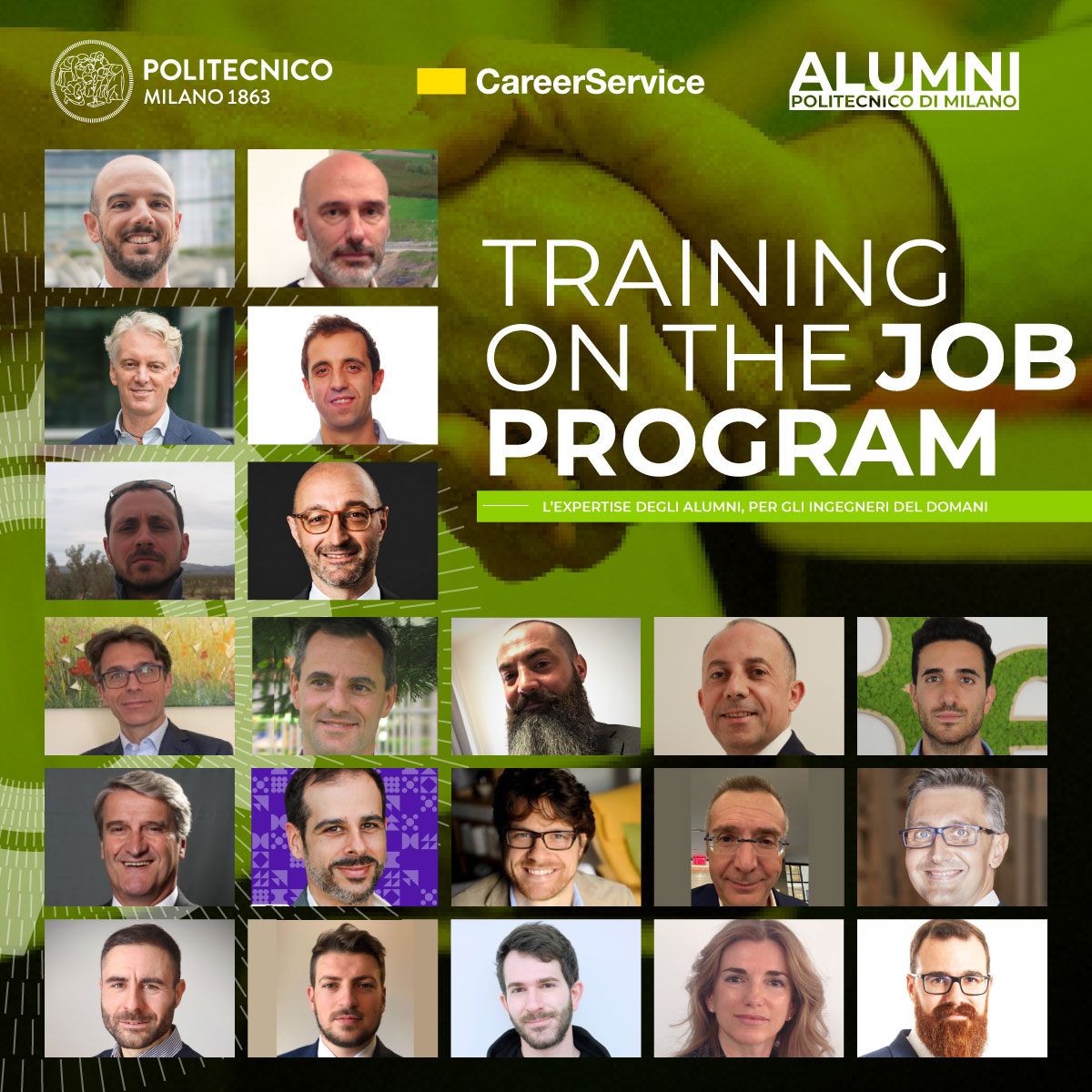
Author: admin

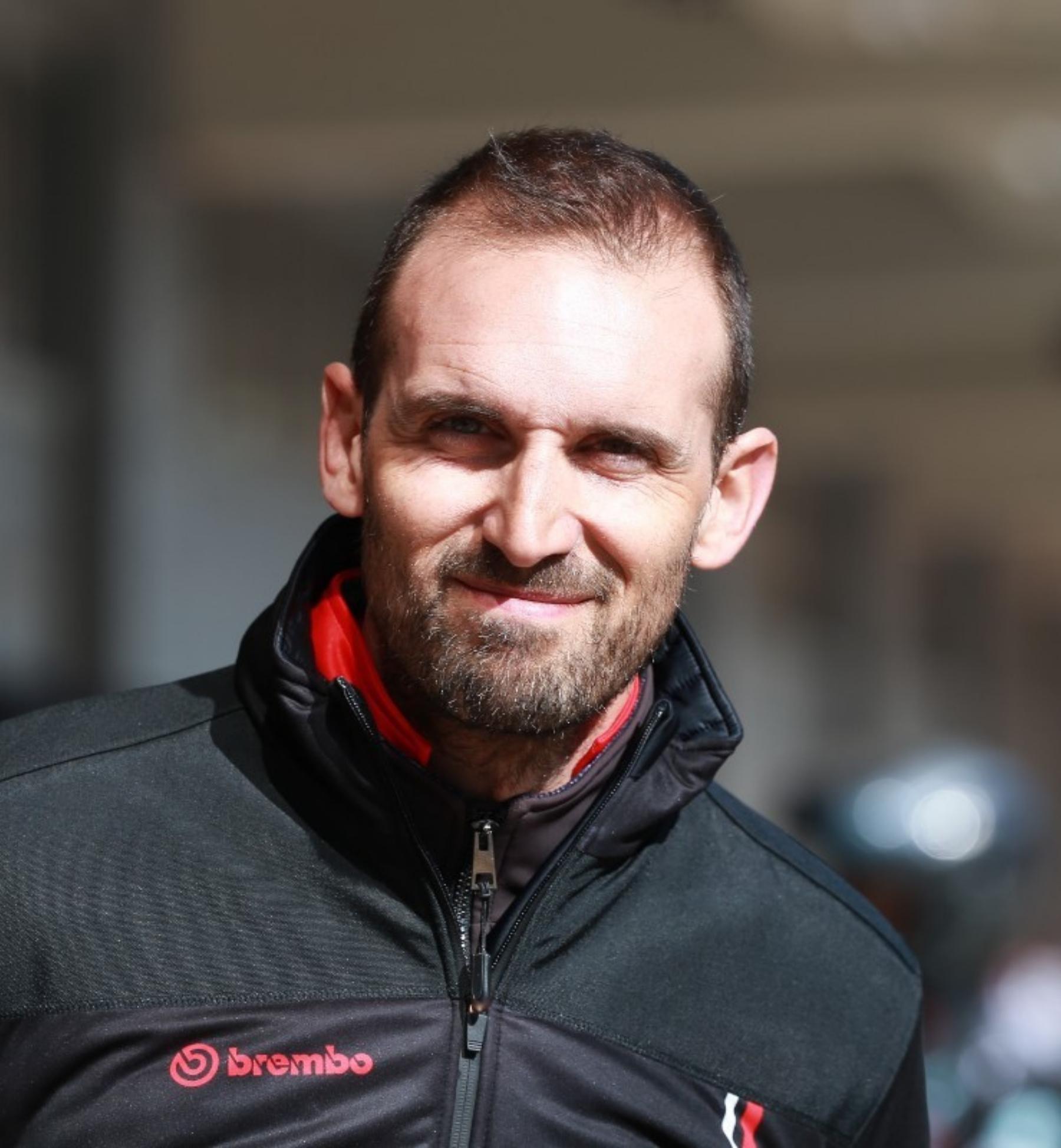
Formula One: “a total revolution, we are starting with a blank sheet”
Brembo serves the teams that compete in the Formula One world championship. One challenge after another at a very fast pace, as explained in Gazzetta Motori by Andrea Algeri, Brembo F1 Manager and Politecnico Alumnus in Mechanical Engineering.
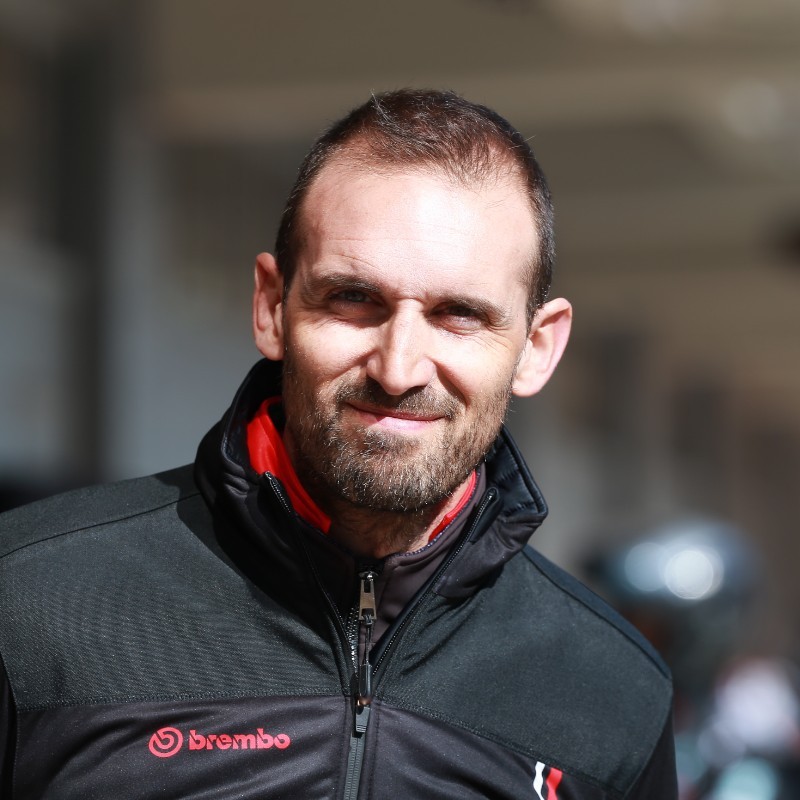
There are 10 Formula One teams equipped with Brembo braking and clutch systems: “In the racing world, substance is still dominant,” says Algeri. “The story began almost 50 years ago, in 1975, with the first cast iron brakes.” Today, this story is more than a challenge; it is a total revolution, as the engineer defines the new change in regulations. Which is certainly not the first. Revolutions that have knock-on effects on everyone, because motorsport is the largest field of automotive experimentation; a collective laboratory and a place where, in addition to skill, you also need imagination and vision:
“We are slightly further ahead than you may think. We try to imagine the future and what it will be like. Now, it is electric; energy recovery is the focus of the attention of our technicians and designers.”
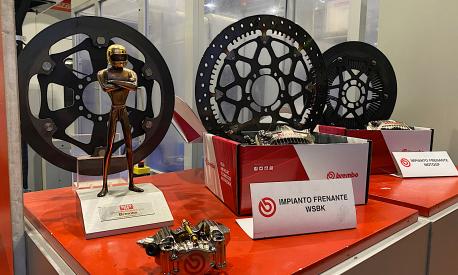
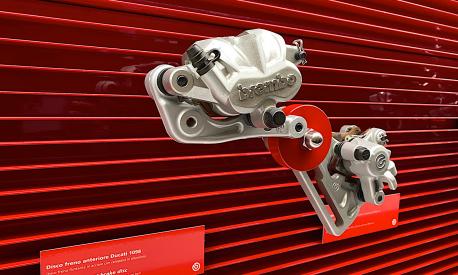
Imagination unites all the Alumni who work in Formula One: like Lucia Conconi, Alumna Ingegneria Aerospaziale and Head of Vehicle Performance in the Alfa Romeo F1 Team ORLEN, who described to the Alumni editorial staff the dual spirit—that in the laboratory and that on the track—of each F1 team; or Alberto Taraborrelli, Trackside Control Systems Engineer in the Alpine F1 Team, who described the days leading up to the start of the world championship: “They are among the toughest and most difficult of the year, especially because the cars are so different and therefore so unfamiliar". Taraborrelli has always dreamed of working in Formula One. He graduated in Mechanical Engineering with a specialization in mechatronics and robotics and his best memory of the Poli is the Dynamis PRC, Formula Student Team at the Politecnico di Milano.
Discover also: World record for the self-driving car from the Politecnico
Credits header: Sole24ore
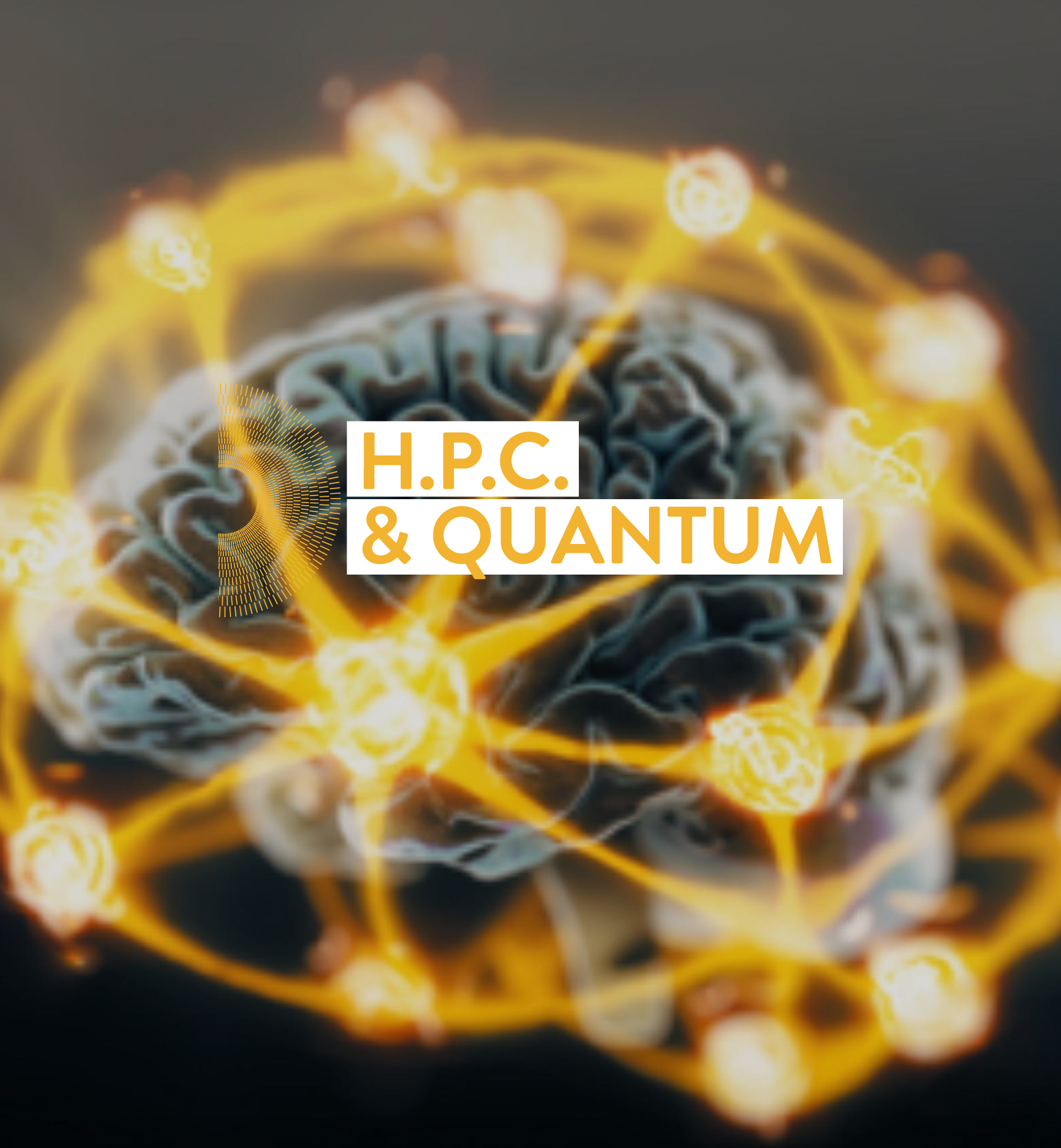
What is the artificial quantum neuron that has been developed at the Politecnico?
The cover story in the April edition of Nature Photonics talks about at a study resulting from a partnership between the Politecnico di Milano, CNR (Italian National Research Council) and the University of Vienna. Cover stories don't happen every day; and indeed, it is all about the achievement of something never done before. The papers are calling it the first “artificial quantum neuron” Ansa and RaiNews). are writing about it, for example). It promises to become the missing link between quantum computing and artificial intelligence. Why is it so important? What can it be used for?
We asked Andrea Crespi, researcher at the Politecnico di Milano and Engineering Physics PhD alumna, and member of the team that developed it.
THE STATE OF THE ART UP TO NOW
Some of the more efficient “traditional” neural networks, on which modern artificial intelligence algorithms are based, are made up of connections between “artificial neurons” called memristors (memory-resistors). These are electronic components that change their electrical resistance on the basis of a memory of the current that has passed through them previously. Artificial neuron networks can be “taught” to learn thanks to this property, and this is how they learn to perform complex tasks, such as understanding speech, recognising a face, interpreting images (for diagnostic purposes, for example) or driving a car (including racing cars, as achieved by the Polimove team, which programmed the fastest autonomous racing car in the world). It is the technology behind artificial intelligence.
THEN CAME QUANTUM COMPUTING
Up to now, we have been talking about electronic devices. However, in the meantime, the scientific world has also developed a new generation of computing, namely quantum computing. The fundamental difference is that instead of using electronic impulses, quantum computing exploits individual particles to code information. For example, Optical impulses made up of individual photons, which behave differently from electric current. The result is a processing power that is potentially much higher than that of the best “traditional” (or electronic) supercomputers.
Since the advantage of quantum computing is that it proportionally increases the number of operations that can be performed, it is particularly efficient for problems that, with an electronic device, would require a vast number of operations (and therefore huge amounts of time and energy) to be solved. Examples of its application include cryptography, search algorithms and physical system simulations.
THE MISSING LINK
The concept of quantum computing is nothing new; however, to date, no true quantum neural network has been created. In fact, a fundamental link was missing: the quantum memristor, the artificial quantum neuron. “The idea has existed for several years, but it was only recently that a group of physicians from the University of Vienna demonstrated that it can be done,” says Crespi. His research group, led by professor Roberto Osellame, designed and engineered the first true prototype of a quantum memristor, an optical device with the same functional characteristics as a memristor, capable of operating on quantum states of light:
“The information is no longer coded in an electrical signal, as is the case with traditional memristors. It is the optical transmission that varies; that is, the amount of light that can pass through the device, based on the amount of light that passed through it before.”
Before now, a device of this nature had only been theorised. What the Politecnico has created is therefore the first prototype quantum memristor, and perhaps the first “neuron” in an artificial quantum network.
Credits home and header: Equinox graphics
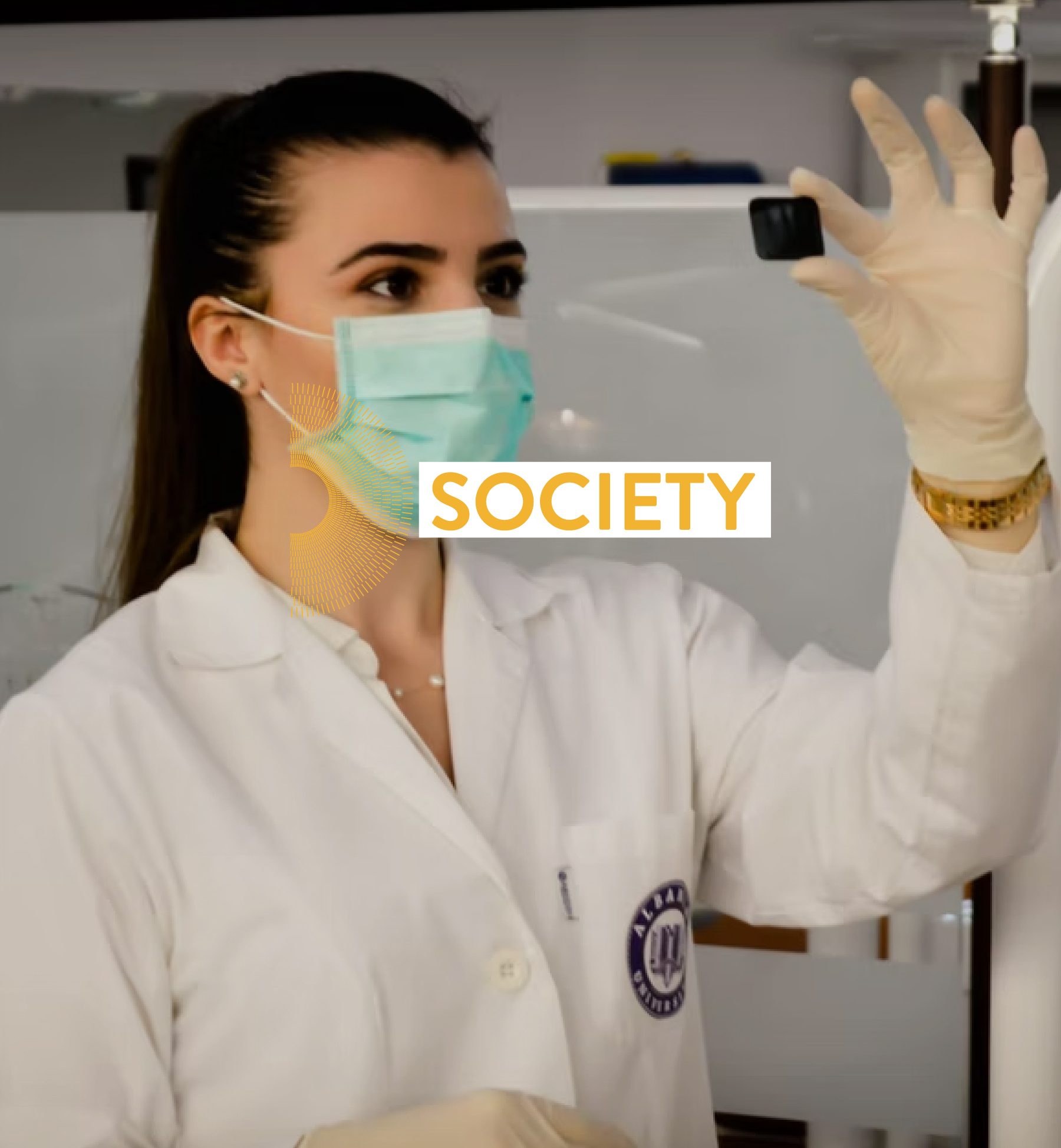
Misinformation slows vaccination campaign
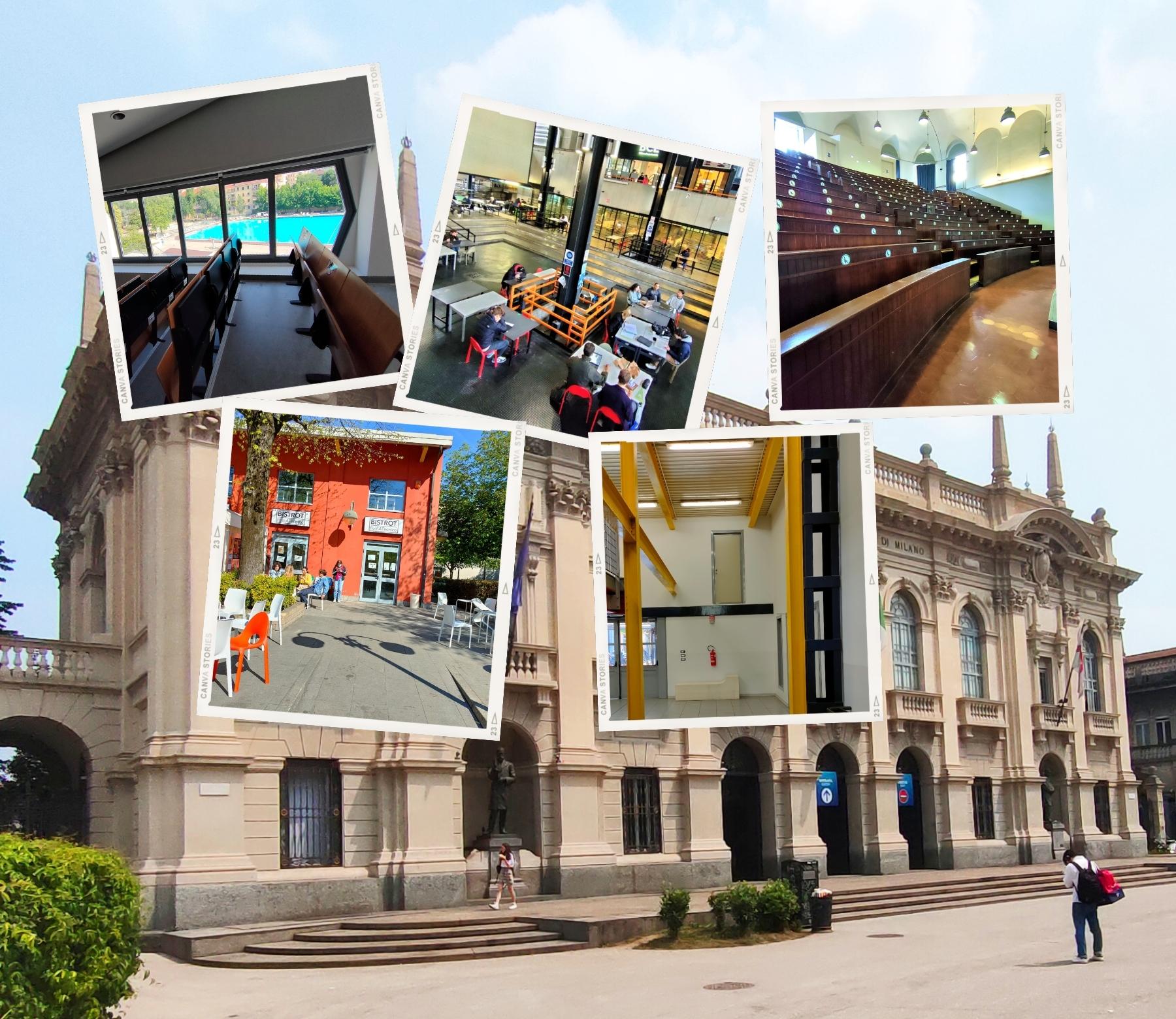
10 things you miss about the Politecnico
10 years on social media is a long time, and what we have noticed during all this time together with you Alumni is that there is no greater positive or negative trigger (none!) – above all positive! – than a beautiful trip down Poli memory lane!
So we decided to jot down places and situations that tickle your nostalgia, and the result was a a very long list. After a careful selection, we have managed to narrow it down to the ‘10 things you miss about the Politecnico’. There are certainly more, certainly some we have forgotten or that have failed to reach the Top 10: if so, let us know in the comments! Who knows, maybe there will be a second episode...
Are you ready? Let's get started!
1. The swimming pool in via Ponzio
Those who had lessons or exams in the Trifoglio (building 13) in the summer knew that their spirits would be tested not only by the study but also by the echo of the dives coming through the open windows. One thing is certain: you came out the other side both physically and morally tougher.
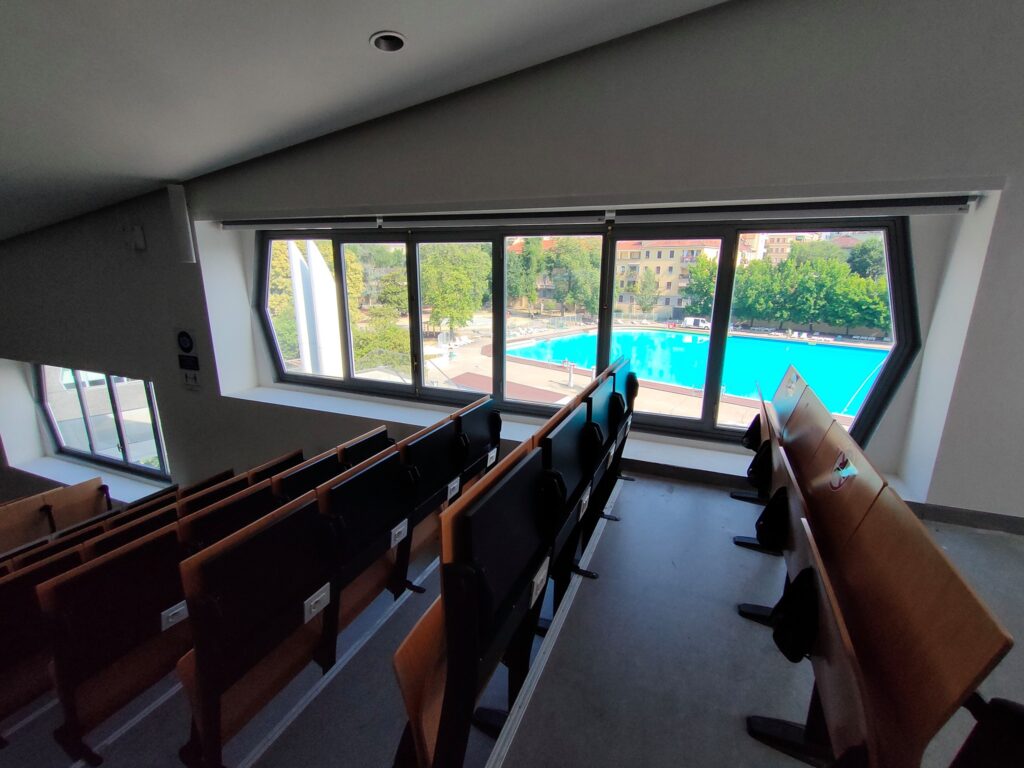
2. The colours and the street art in Bovisa
Blue, red and yellow are the colours that come to mind when you think about Bovisa, but for the youngest – also the numerous murals that have transformed it into a veritable open-air museum.
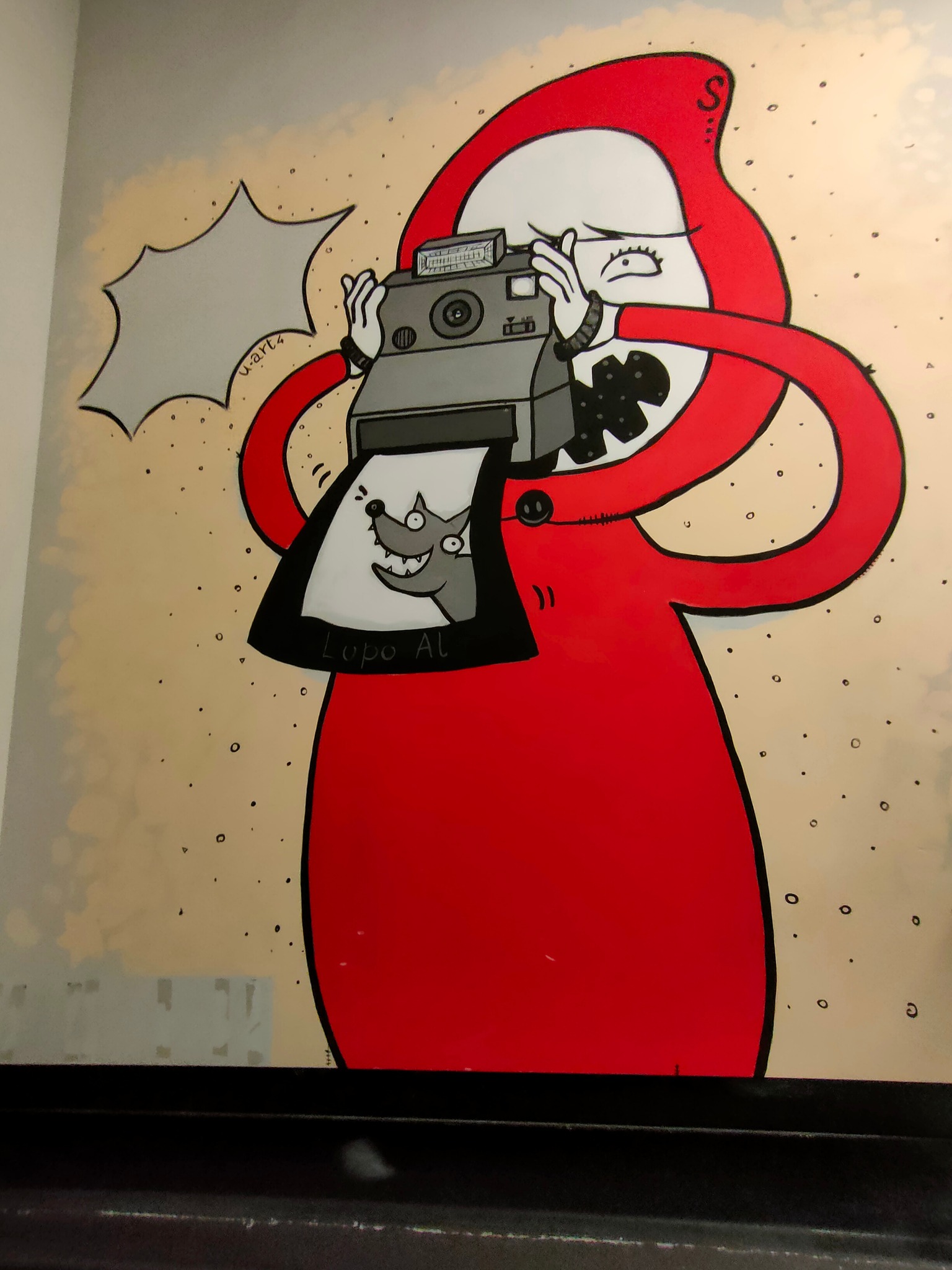
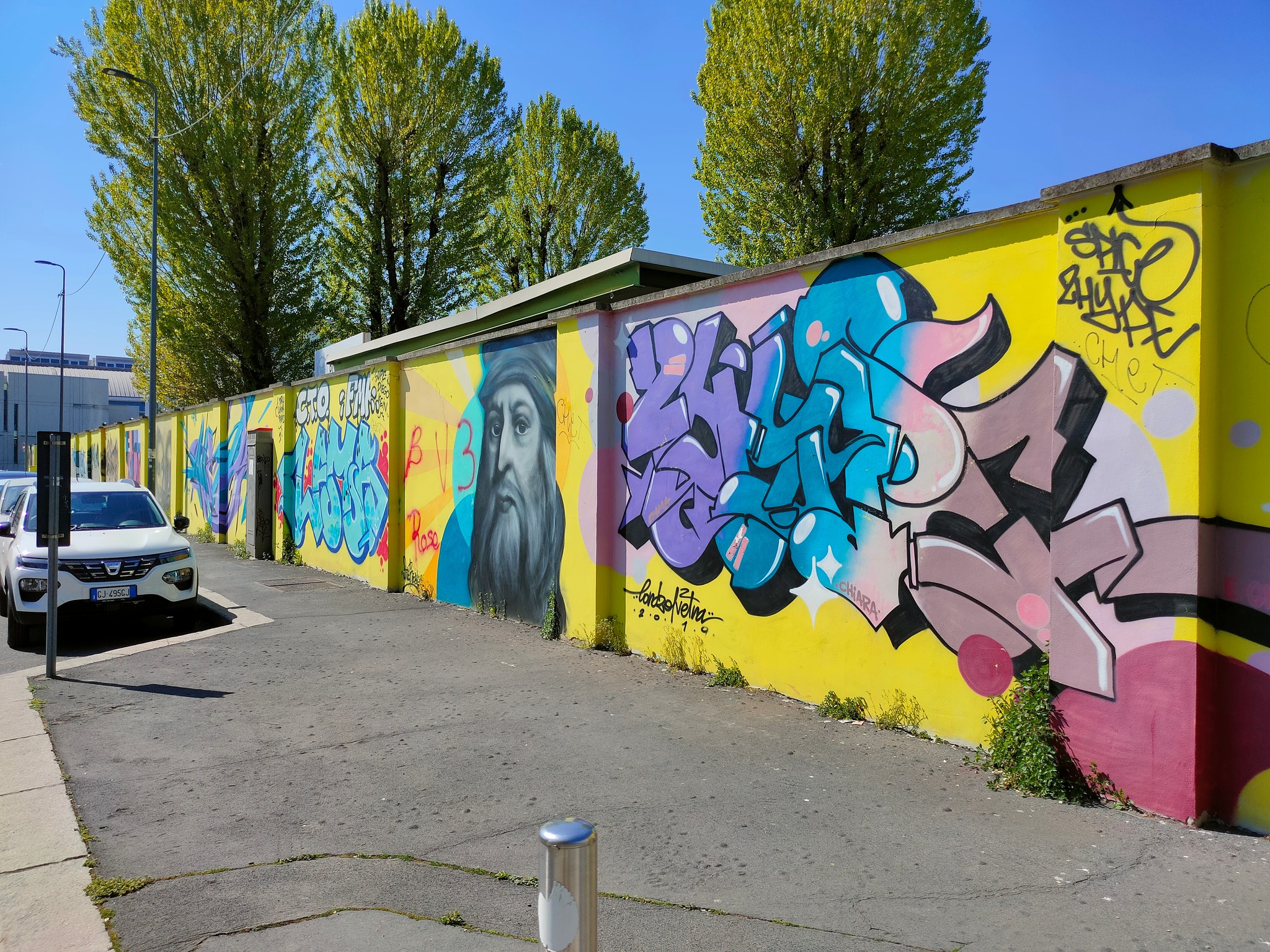
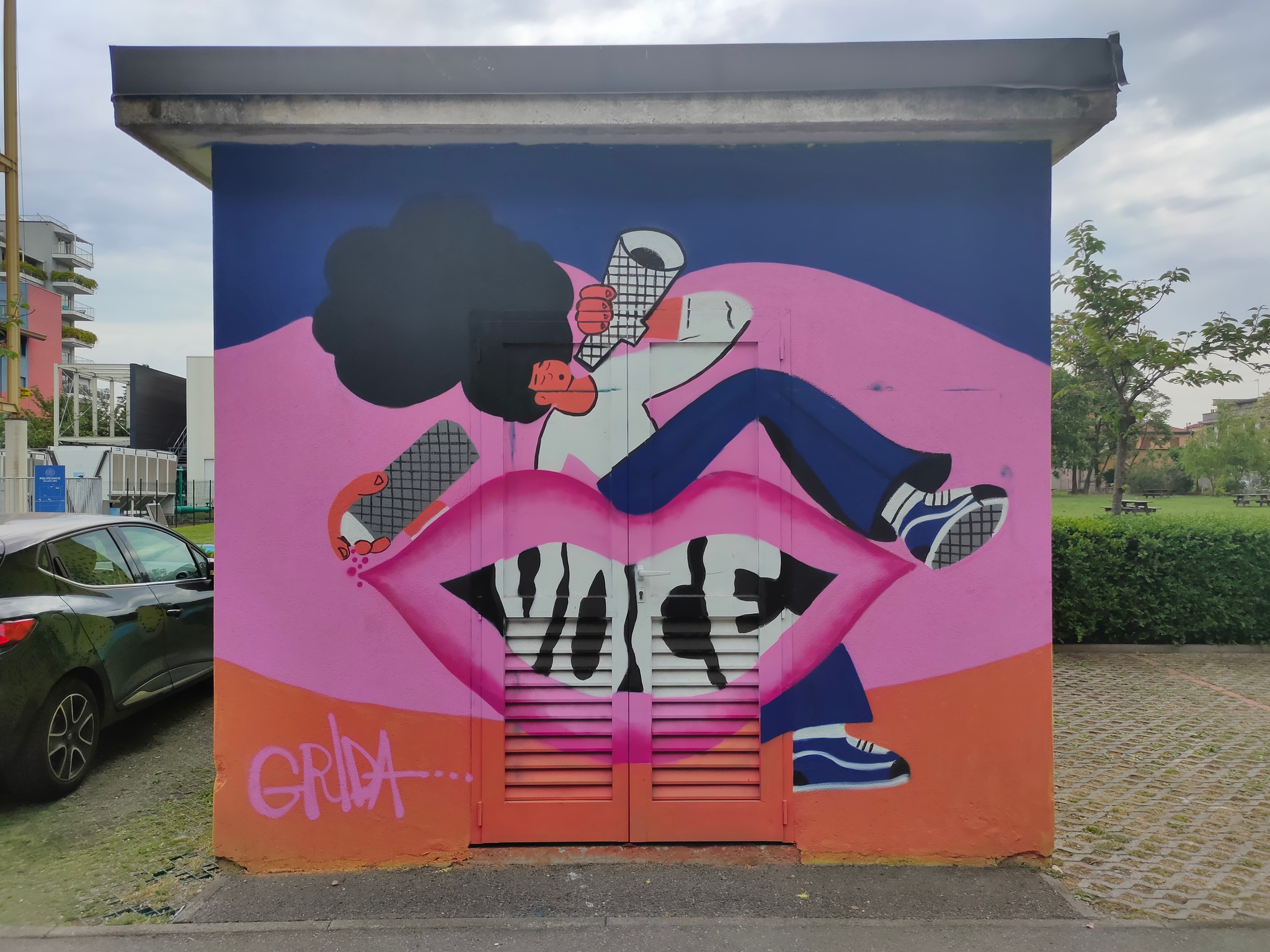
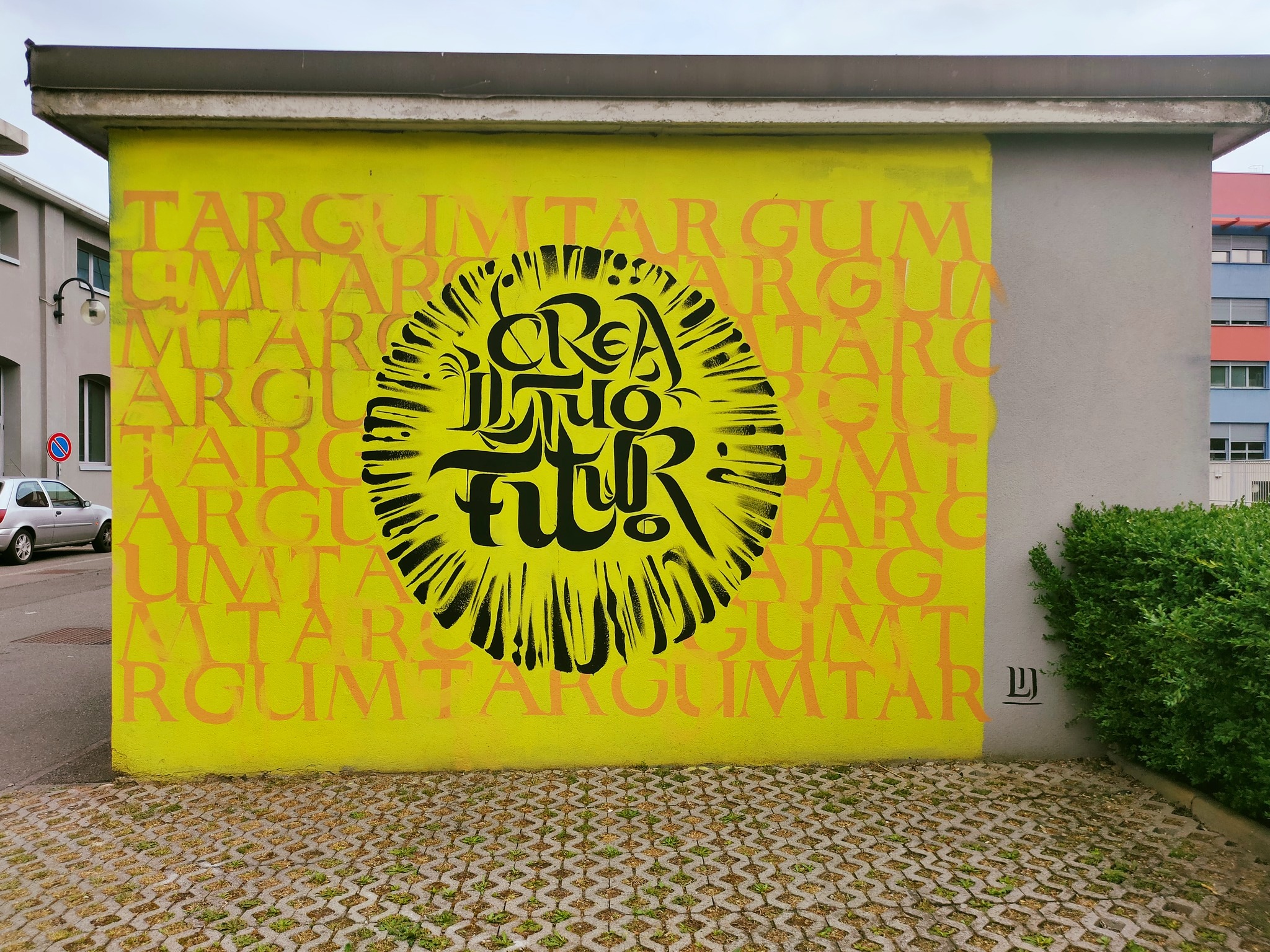
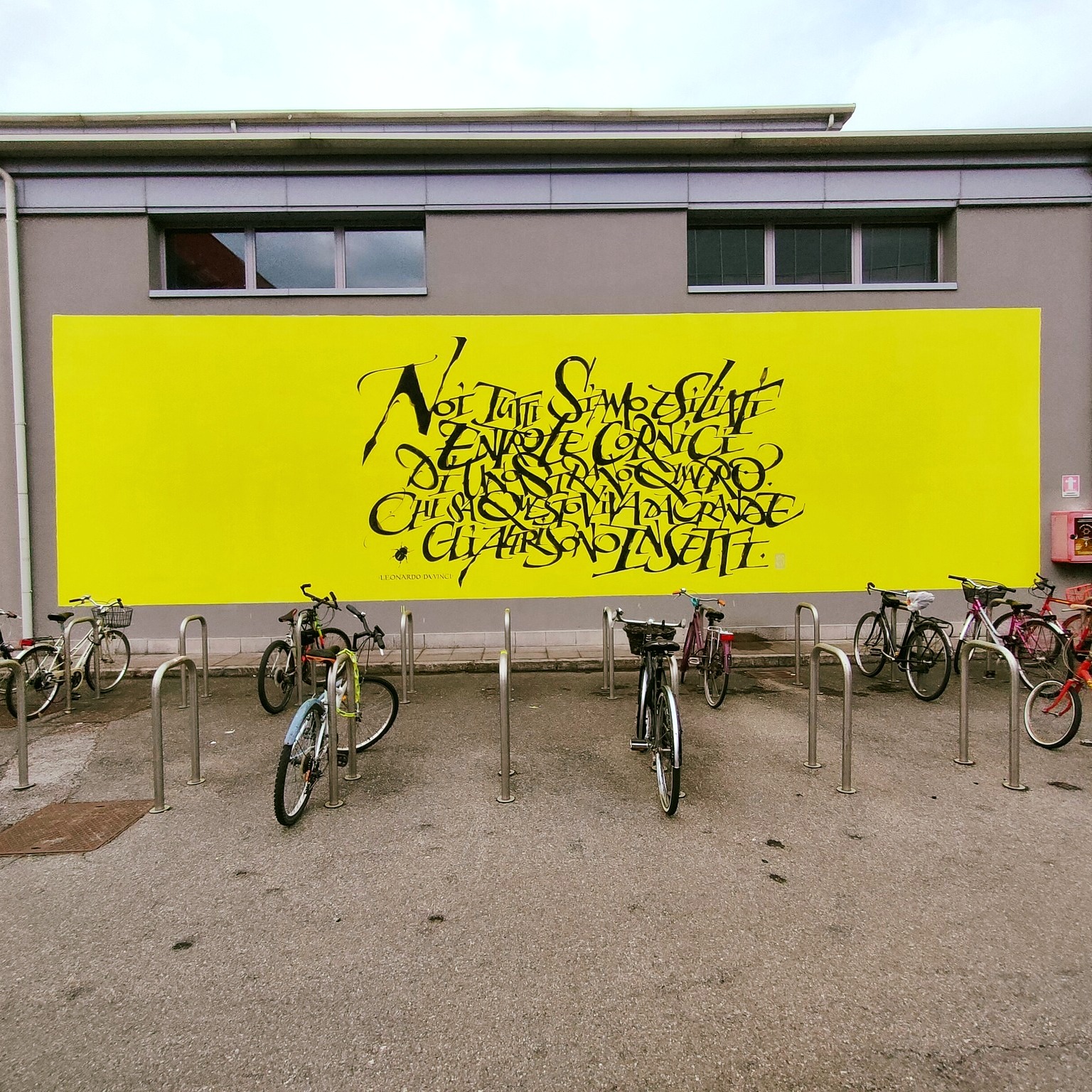
3. Study nights on the architecture patio
How can you forget the patio, which in the evening became a melting pot of faculties, the place of crazy and desperate study sessions and discussions (and even for getting together to watch Italy in international matches).
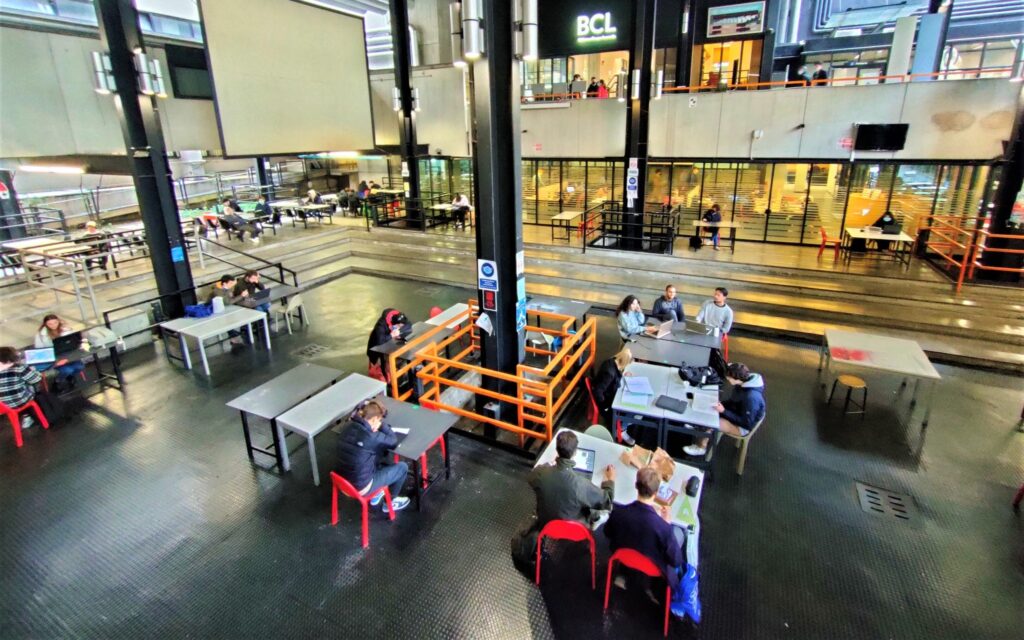
4. Silent study under the eye of Guernica in the library
This is a 1:1 reproduction of the famous work by Pablo Picasso, produced in 1973 by the Student Movement.
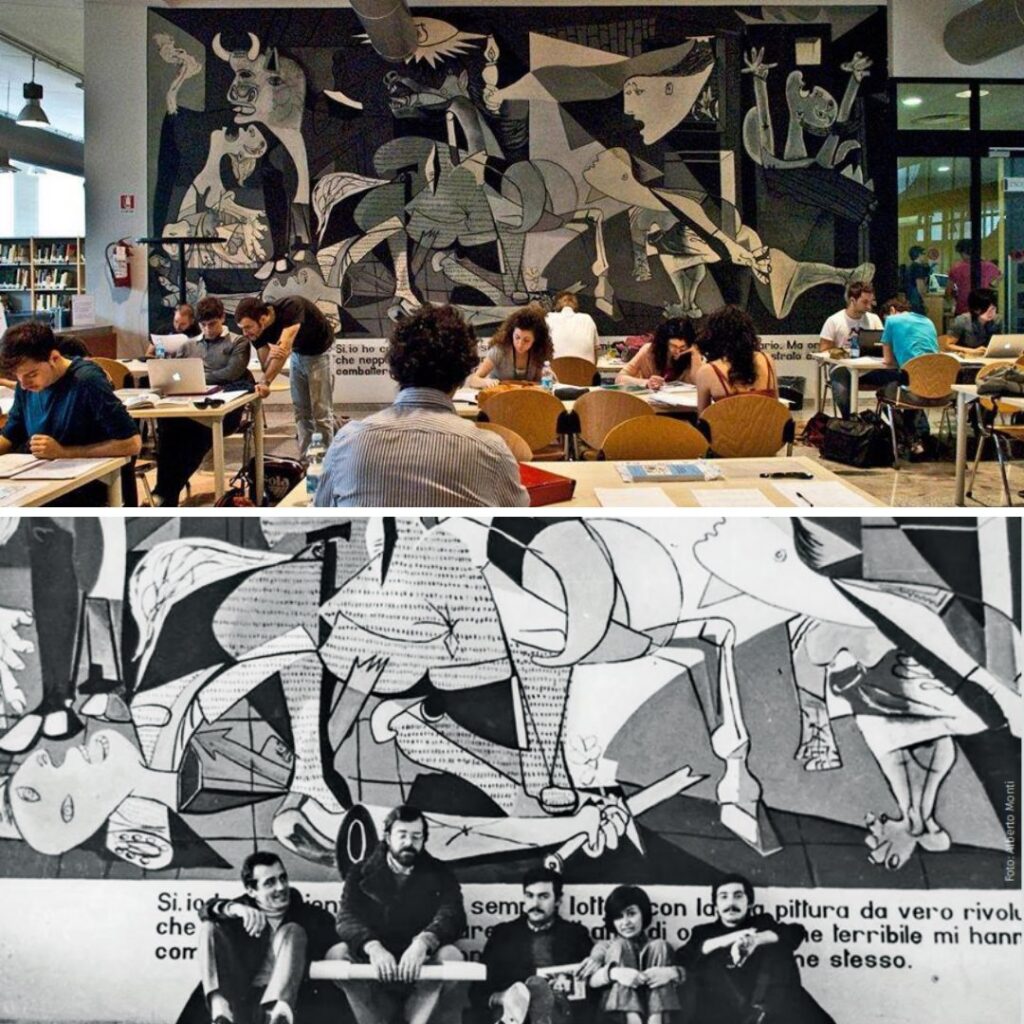
5. Aperitifs at the Harp Pub/al bar di via Ampère, all’ombra di un albero in piazza
Perfect for relaxing after lessons and exams.
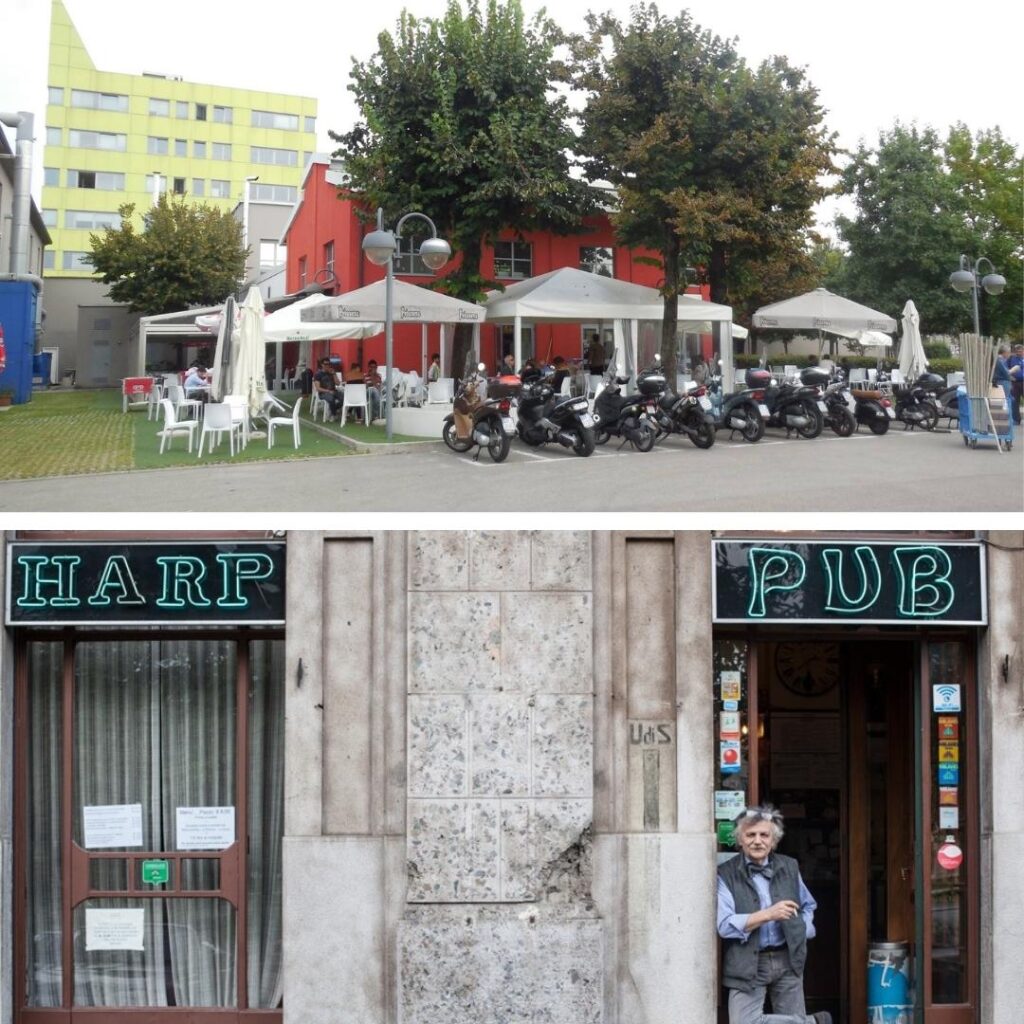
6. The “differently comfortable” benches in the Aula Natta
Lessons in religious silence (with the odd paper aeroplane every now and then ...)
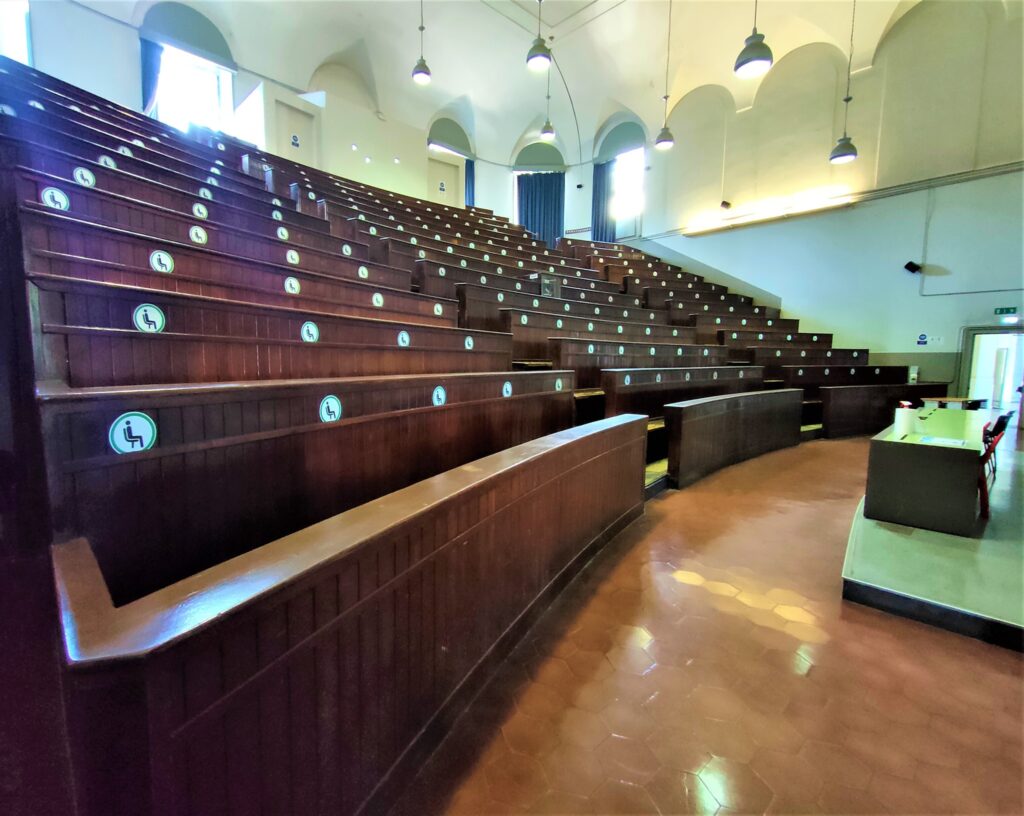
7. Heroic journeys carrying your models
The incredible effort to reach the classroom with models still intact, travelling by car, underground, train, tram...
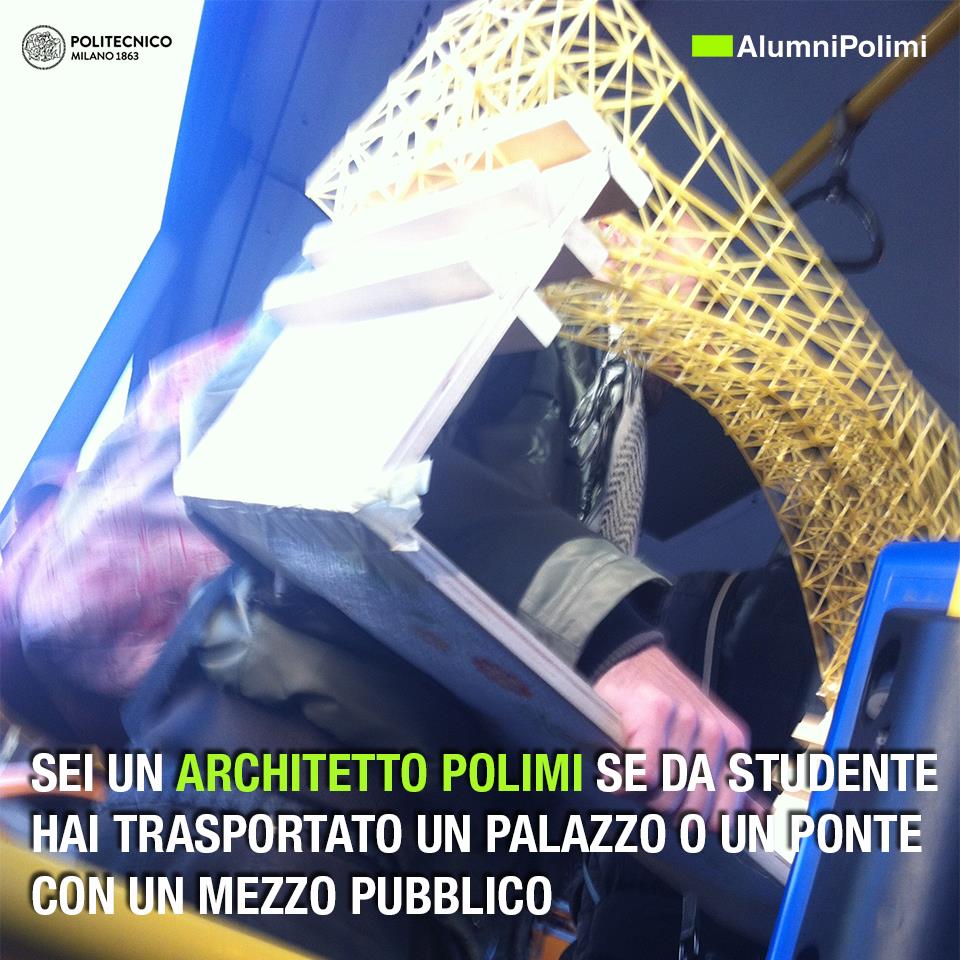
8. And speaking of trams: obviously the sadly departed No 23!
How could we forget? It accompanied generations of students to the Leonardo Campus until 2017, when it was sent into retirement.
9. One of the greatest mysteries of Bovisa: the unreachable door
Does anyone know why it is there?
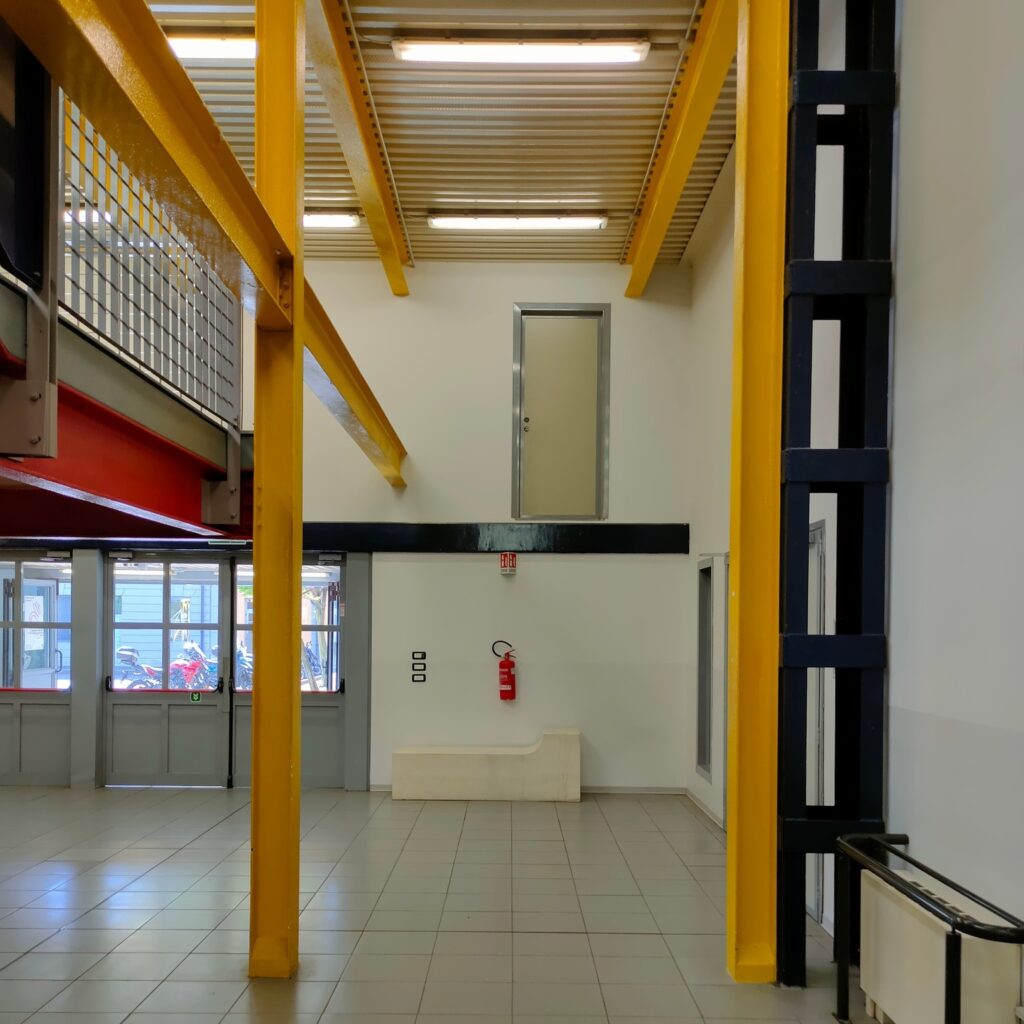
10. The never-ending “rivalry” between engineers, architects and designers
Even if, after all, what really unites us is that we are all proud politecnici!
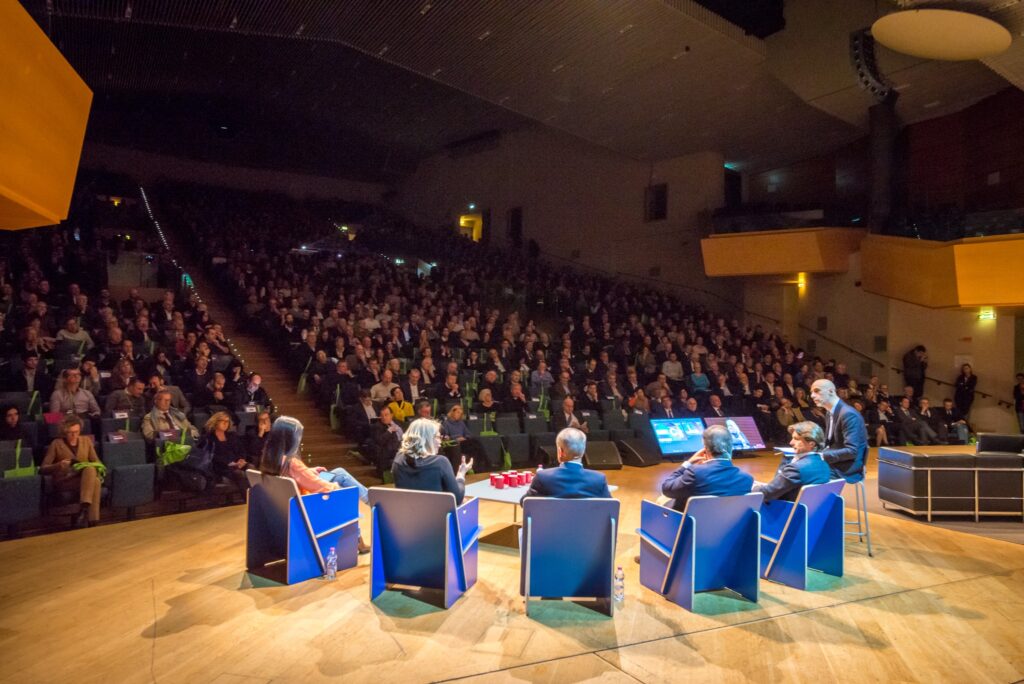

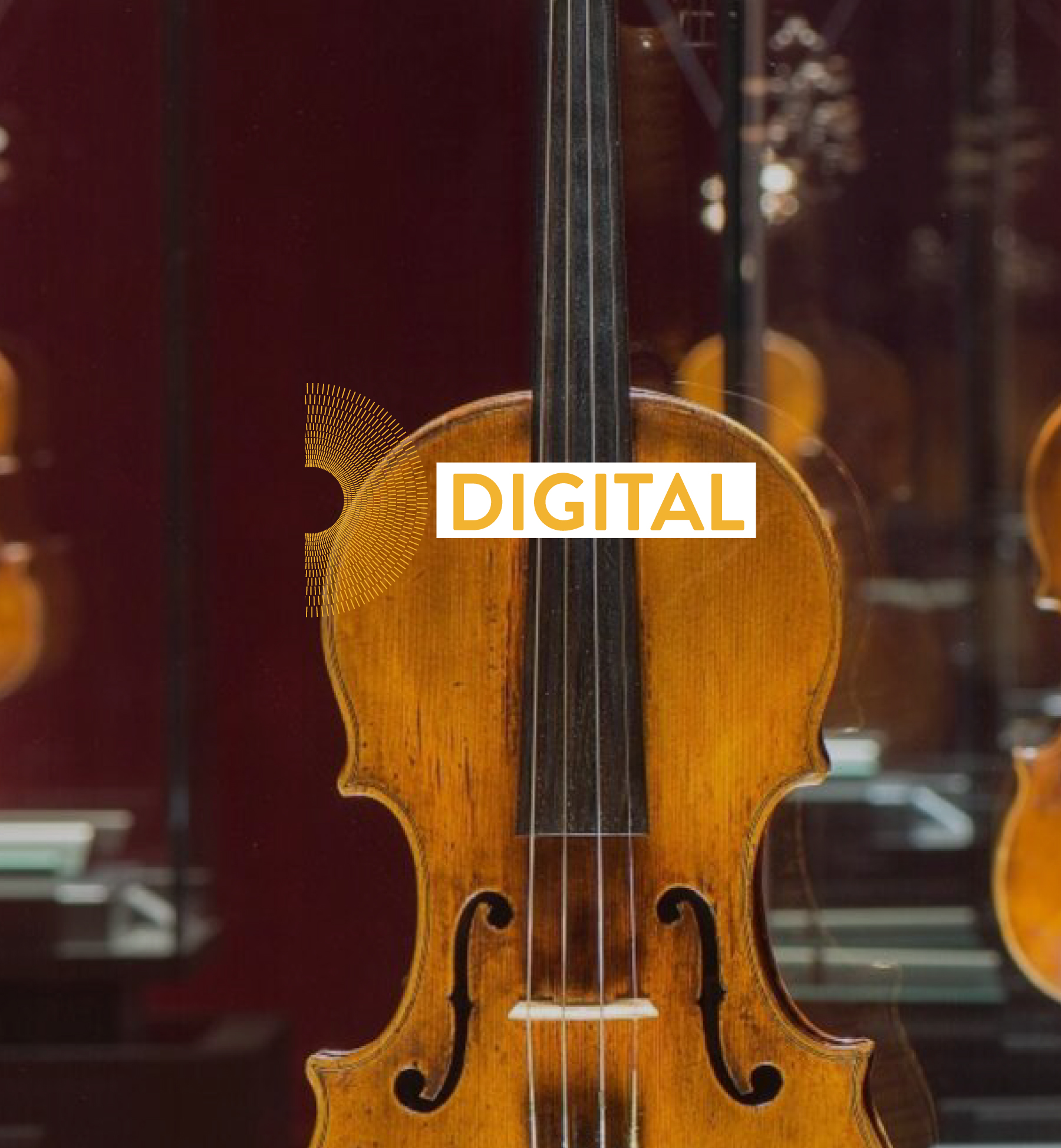
In search of the perfect sound: the case of the stradivarius violins
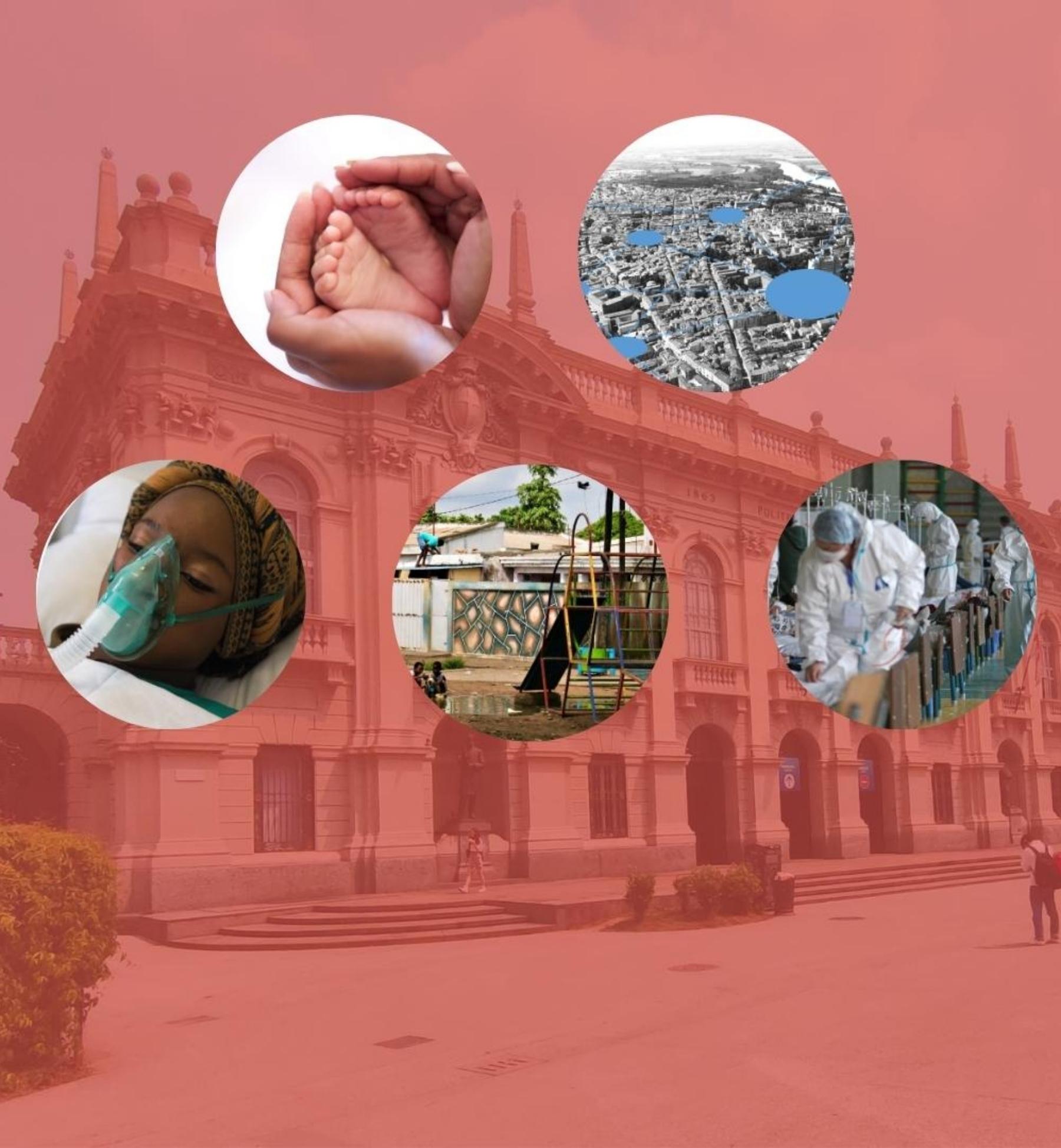
2020: 5 per mille for Vulnerability and Innovation
The winning projects from the 2020 edition of Polisocial began last spring, when the University’s energies were directed most notably towards supporting the social context during what was still a particularly difficult time in terms of the pandemic emergency. The Politecnico wanted to boost the efforts of research groups, dedicating €500,000 (5 per mille tax donations from 2018) to the issue of “Vulnerability and Innovation”, focussing on contexts of health-related vulnerability and the social consequences they suffer from.
Saving water and taking production techniques where there are none.
The Hands project, financed by 5 per mille donations, transfers the university’s expertise to Mozambique.
Departments: DASTU, DCMC, DABC, DENG, DICA
Tags: health, urban spaces, slum upgrading
Location: Maputo, Mozambique
Partners: AICS Mozambique, AVSI, Architetti Senza Frontiere Italia, Arquitectos sin Fronteras España, Universidade Eduardo Mondlane.
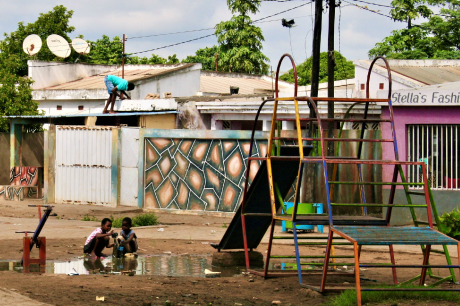
The recent pandemic has highlighted the vulnerability of the population that lives in the Chamanculo district in Maputo, although this vulnerability already existed due to the lack of healthcare services, the inadequacy of the urban infrastructure such as roads and public spaces, overcrowding and inadequate waste management.
The HANDS project saw researchers of the Politecnico open a “Social Laboratory” dedicated to the production of Polichina, a liquid sanitiser “Made in Politecnico”. In addition to its immediate practical use, this initiative also has the aim of transferring knowledge and expertise to local stakeholders, with a view to improving waste management and ensuring the adequacy of the energy production model on both an urban and a national scale.
"We envision an automated system not much larger than a coffee machine,” explained alumnus and researcher Mattia Sponchioni, “to which we connect four different tanks containing the materials for producing Polichina: water, ethanol, hydrogen peroxide and glycerol. You set a specific amount and the system produces it.” The prototype will be tested at certain nerve centres in Chamanculo such as schools, squares and markets: supply stations that need to be integrated with an intelligent system for the management of the waste produced as a result of the pandemic, such as facemasks and liquid sanitiser dispensers.
The “Social Laboratory” will also experiment with methods of electricity production for powering the Polichina distributors and procuring the raw materials locally from renewable sources in situ. In this situation in particular, the use of Polichina also has a positive impact in terms of saving water“We can reduce consumption from a question of litres to a matter of millilitres,” Sponchioni remarked, “hand washing consumes litres of potable water: you only need to spray a few millilitres of Polichina saving more than 95% of water which is scarce, especially in the most deprived places and where there is the risk of other diseases such as tuberculosis.”
Can you connect several patients to the same respirator?
With common ventilators, it’s a gamble. The Poli has designed MakingMEV, a multiple ventilator for 10 patients at a time.
Departments: DEIB, DMEC, DIG
Tags: respiratory ventilation, emergency assistance, clinical innovation
Partners: Alberto Zanella, anaesthetist and resuscitator at Fondazione IRCCS Ca' Granda - Ospedale Maggiore Policlinico (Milan) and researcher at the Department of Pathophysiology and Transplantation, University of Milan
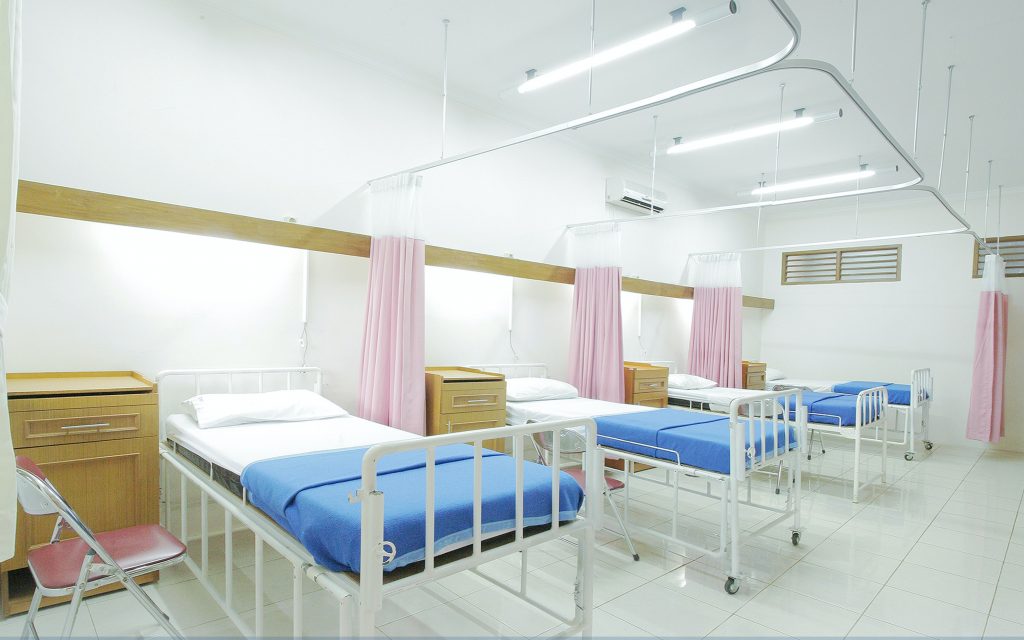
The MEV (Multiple Emergency Ventilator) system s a reimagining of the emergency support system for respiratory ventilation: a ventilator capable of supporting the respiration of up to 10 patients at the same time which is intrinsically safe and personalised to each patient..
Its core is in a mixture of pressurised oxygen at peak inspiratory airway pressure (Ppeak) to prevent damage from mechanical ventilation. Ventilation is provided to a maximum of 10 patients, each assisted in a personalised way in terms of the controlled volume and the durations of the inspirations and expirations. The mechanical system comprises of a water-sealed bell jar which fixes the Ppeak on the basis of Archimedes’ principle. The stainless-steel bell, which has a diameter of 50cm and a height of 60/70cm, is inserted inside a cylinder which, due to the water cavity, maintains the oxygen at the desired pressure. The gas is distributed to the intubated patients through simple 2” stainless-steel tubes which are easily assembled, self-supporting and modular in order to be suitable for various environments such as triage, field hospitals and ordinary hospitals. The entire distribution system is compatible with high concentrations of oxygen.
he only “special piece” in the MEV design is the bell jarThe main line is made from industrial elements, while the inspiration attachments for each patient and the expiration line are adapted from common ventilators. All the mechanical parts can be stored in a warehouse indefinitely and sanitised for immediate use when needed unlike traditional ventilators which, if stored for too long, require maintenance that can last up to one month before they can be used, especially in large scale emergencies such as that which occurred during the Coronavirus pandemic. MEV could therefore avoid bottlenecks at maintenance businesses and provide emergency intubation for a large number of patients at the same time.
“The idea came about during the pandemic wave in Italy at the start of explained Beniamino Fiore, alumnus and researcher at the Politecnico di MilanoHowever, taking a broader view, we foresee a benefit for emergency situations in general and for less organised healthcare systems in developing countries,” and he added “MakingMEV was our response to the emergency, our way of saying: let’s do something real!.
New technologies from the Poli for the safety of respiratory support
The project of the Politecnico di Milano SAFER project, financed by your 5X1000 donations, is developing a portable respirator for low- and middle-income settings.
Departments: DEIB, DMEC, DCMC
Tags: post-partum haemorrhage, access to care, CBT technique, Biomedical devices
Location: Vietnam, West Africa, Italy
Partners: MTTS Asia (social enterprise); ONG Day One Health; Italian Society of Neonatology; CUAMM ONG; ASST Bergamo - Department of Respiratory Medicine; other medical professionals
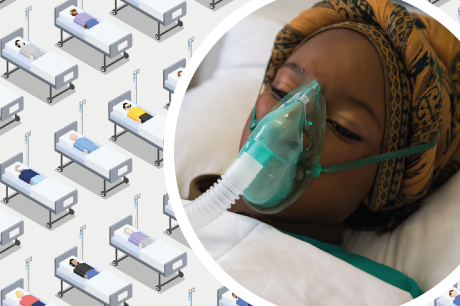
Even before the pandemic, a lack of oxygen and ventilators for respiratory support in low-and middle-income countries caused thousands of deaths per year from conditions such as infant pneumonia, neonatal respiratory distress, post-partum haemorrhage and traumatic injuries - which would be preventable with widespread and equal availability of respiratory support resources. The SAFER project, which began last spring aims to develop a personal respiratory device that is simple, robust, portable and low-cost (a simple user interface that includes a pulse oximeter) for the administration of respiratory support outside of intensive care units and, above all, in limited-resource settings. The research group designed the device by integrating the subsystems and optimising the efficiency of the air compression, making the device robust and capable of operating in conditions that are less than ideal.
New production technologies and innovative materials are being considered, such as 3D printed replacement parts for consumables to facilitate their supply during emergencies and in low- and middle-income countries, in addition to intelligent control systems that adapt the production of oxygen to the patient’s needs, synchronising the supply of oxygen with the patient’s respiration. Such a solution could in fact be used in domiciliary care , ncluding in settings closer to our own, for example in the case of patients with chronic or mild respiratory diseases, saving intensive care resources for seriously unwell patients and alleviating pressure on intensive care centres. In limited-resource settings, the adoption of the proposed technology and the competencies acquired through the capacity building programme will lower the death rate associated with acute respiratory diseases by reducing the number of preventable deaths, even in ordinary times.
A simple idea for combatting post-partum deaths of mothers
Balloon Against Maternal Bleeding, codename "BAMBI": financed by your "5 per mille" donations.
Departments: DCMC, DMEC, DESIGN
Tags: post-partum haemorrhage, access to care, CBT technique, Biomedical devices
Location: Central Africa, South America, Southeast Asia
Partners: Dr. Alberto Zanini; CUAMM – Medici con l’Africa; Soleterre Onlus
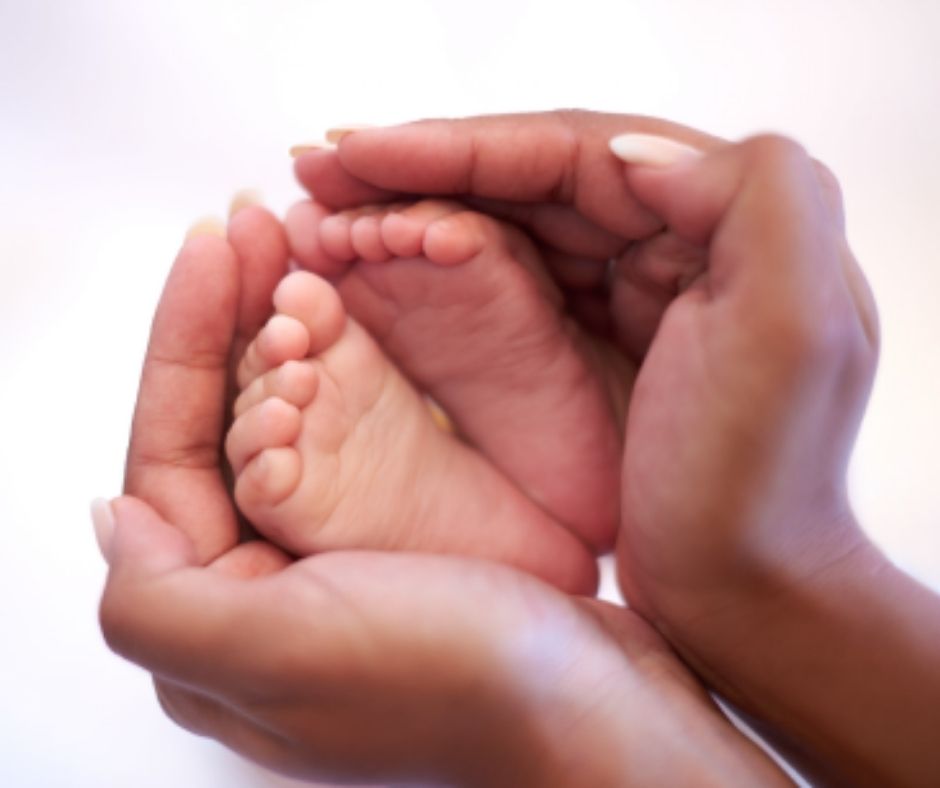
.Post-partum haemorrhage (PPH) is a global obstetrics emergency: it is the main cause of maternal death in the world. Of approximately 140,000 deaths caused annually by PPH, 99% occur in developing countries, with devastating social consequences for communities that are already vulnerable due to precarious economic conditions. In the most serious cases of PPH, losses of half a litre of blood per minute can be reached, leading to the death of the patient within a few minutes. In countries where births take place predominantly in domestic settings without the presence of a doctors, it is often difficult (if not impossible) to reach a hospital in time in the event of PPH. While the standard tool for managing PPH in developed countries is the Bakri® device, it is not suitable for large-scale use in developing countries due to its very high cost. The main objective of the BAMBI project is to create a new device capable of a correct and effective management of PPH at a cost of less than 5 USD per unit.
The device must be easy and intuitive to use without the support of medical staff or in field hospitals in the most extreme cases. After the creation of the first prototype, thanks to the financing received through 5X1000 donations, in 2021 the researchers concentrated on resolving certain technical problems linked to the availability of materials, the assembly methods of the various components and the impossibility of carrying out the procedure in a sterile environment. The process of patenting and field testing are currently underway.
Cities and Health Centres for Resilient Communities
Putting a plan for community healthcare into action. A research project financed by "5 per mille" donations
Departments: DASTU, DABC, DIG, DESIGN, DMEC
Tags: health and social care, health culture, urban innovation
Location: Piacenza, Italy
Partners: USL Piacenza Health Authority; Comune di Piacenza; Comitato Consultivo Misto delle Associazioni; Emilia-Romagna Region; Associazione Diabetici Piacenza; Comitato Sportivo Italiano (CSI) – Piacenza Local Committee
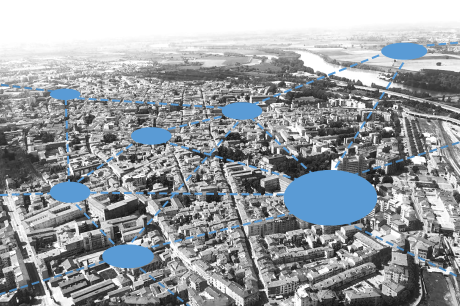
The Covid-19 emergency has highlighted the vulnerabilities of our national healthcare system, the facilities of which quickly became distressed due to the weak response of community services. The Coltivare_Salute.com project is specifically intended to strengthen the community network through the key role of Case della Salute della Comunità (Community Health Centres), also known as Centri Socio Sanitari Territoriali (Territorial Health and Social Care Centres) .It is a multidisciplinary project which brings together the medical expertise of the Piacenza Health Authority and the knowledge of other institutional and voluntary partners, including architecture, management engineering, design and communications knowledge.
“Even before the pandemic", explained the researcher Maddalena Buffoli, “we had carried out research and visited the best Health Centres, including across Europe, that represented a point of reference for community healthcare. These structures have the aim of being a reference point for the citizen for less serious conditions and injuries that don’t involve an emergency that needs to be handled in hospital: clinics, collection centres, preventative services, GP practices, basic diagnostics, minor injuries units, settings for chronic conditions".
Health is understood to be the psychological and physical wellbeing of a person and as such the Health Centres place the role of healthcare alongside the role of social care, aiming to care for the person as a whole with all of his or her problems: the role of community care. The aim of the research is to define the post-Covid planning, organisational, communications and location guidelines for Health Centres, particularly in the urban setting: not only centres providing healthcare services but opportunities for urban, social, architectural and environmental regeneration to “cultivate health” in the communities. In order to evaluate its community function, the research started a co-planning board with the Piacenza Health Authority, home to one of the University’s local campuses, which foresees the creation of a new facility which will become part of an operational and methodological experiment for a project applicable to all Community Health Centres nationally.
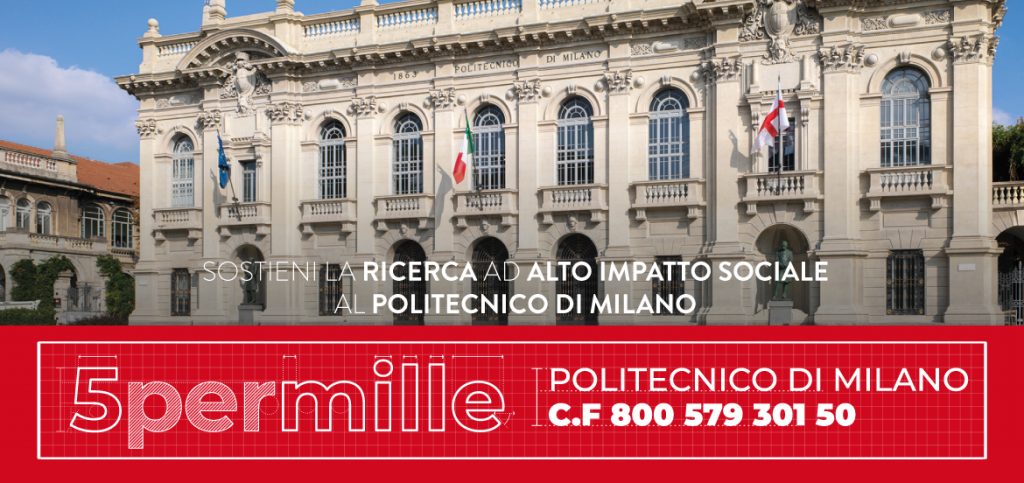
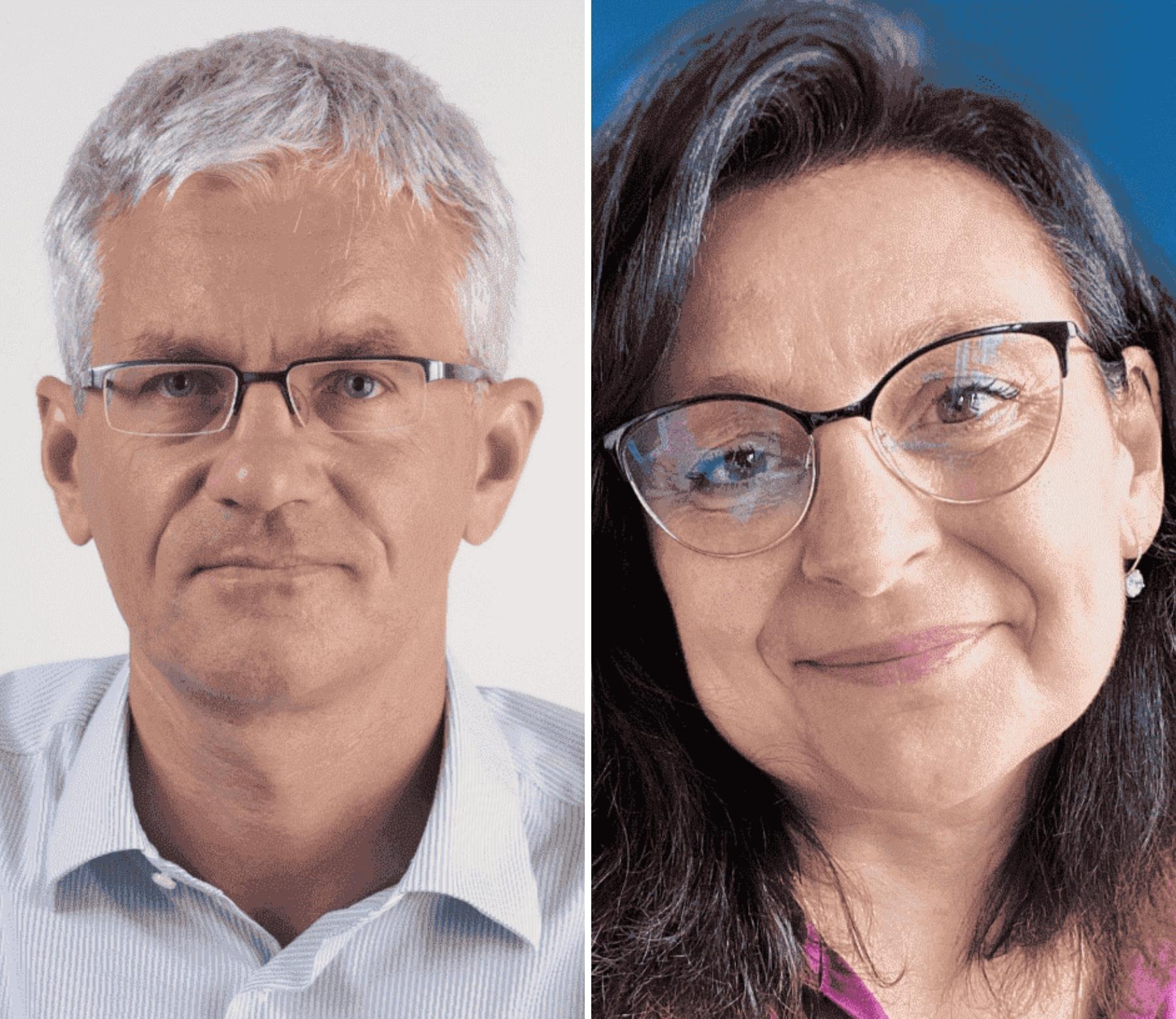
Polytechnic research and the battles of our century
The Politecnico di Milano has obtained from the European Commission important funding for two research projects: one for the fight against breast cancer and the other for the fight against climate change..
This takes the form of two ERC Advanced Grants 2021, funding awarded by the European Research Council to researchers well-established in their field, in order to carry out innovative and high-risk projects. The selection for this type of funding is very competitive: this year, out of 1735 projects submitted, only 14.6% obtained the funds. With these two projects, the Politecnico di Milano has been awarded a total of 86 European Individual Grants ( ERC and Marie Curie).
SUPERCOMPUTERS THAT CONSUME 5000 TIMES LESS ENERGY
Daniele Ielmini, professor at the Department of Electronics, Information and Bioengineering, will lead ANIMATE (ANalogue In-Memory computing with Advanced device TEchnology), a project that aims to develop a new computing concept to reduce energy consumption in machine learning. We don’t think about it when we use a computer, but the energy cost of the actions we perform on the internet, starting with the everyday things, is very high. Data centres, which currently meet most of the world's AI needs, now consume about 1% of global energy demand, with growth expected to reach up to 7% by 2030.
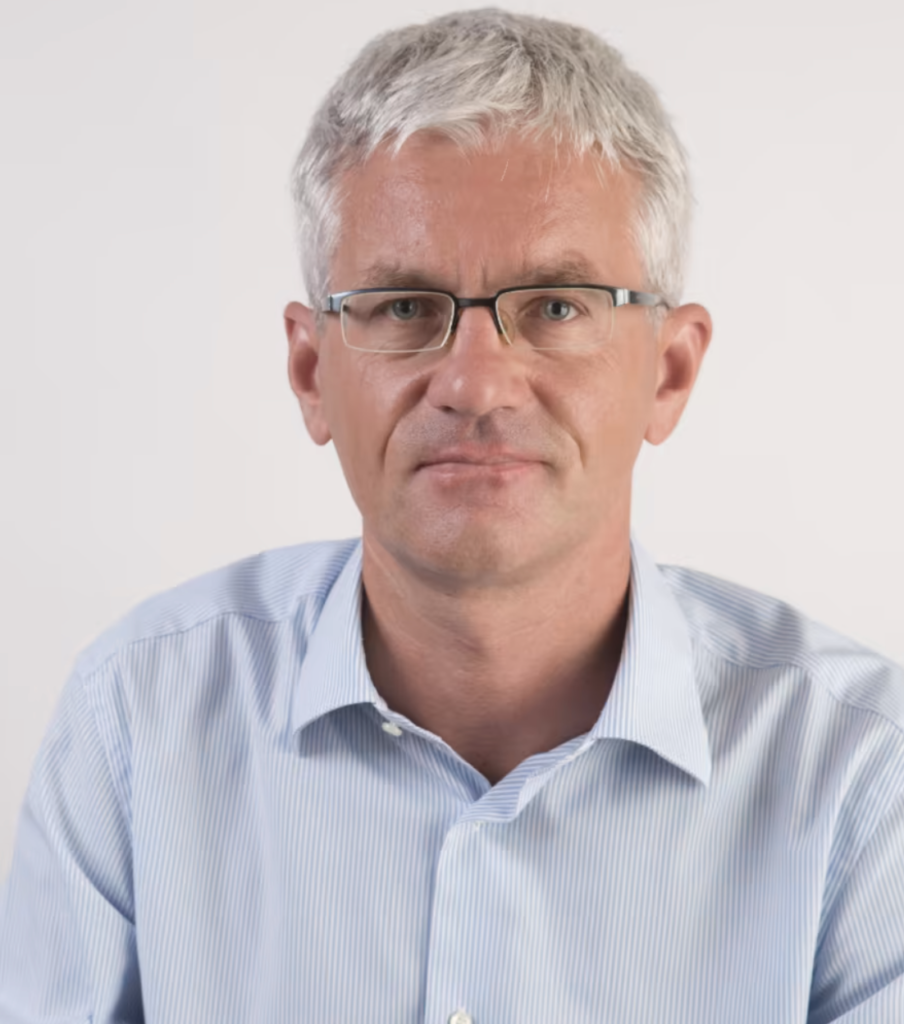
Apparently simple operations, such as searching for a consumer product or service (for example when we book holidays or choose a film on a streaming site) are based on data-intensive algorithms and have an significant impact on the production of greenhouse gases: it has been estimated that training a conventional neural network for artificial intelligence produces the same amount of carbon dioxide as 5 cars in their full cycle of use.
Professor Ielmini’s preliminary ANIMATE research has shown that computational energy requirements can be reduced by closed-loop in-memory computing (CL-IMC), which can solve linear algebra problems in a single computational step. In CL-IMC, the time to solve a given problem does not increase in proportion to the size of the problem, unlike other computing concepts, such as digital and quantum computers. Thanks to the reduction in calculation time, CL-IMC requires 5,000 times less energy than digital computers with the same precision in terms of number of bits. Ielmini's project will develop the device and circuit technology, system architectures and set of applications to fully validate the CL-IMC concept.
Professor Ielmini is an expert in artificial intelligence and supercomputing: we recently talked about this in relation to another research project, intended to develop a new type of circuit for cryptography based on the concept of physical unclonable function.
A PROTOCOL TO NEUTRALIZE THE NATURAL BARRIER IN BREAST CANCER
Manuela Raimondi, Professor in the ‘Giulio Natta’ Department of Chemistry, Materials and Chemical Engineering, combines mechanobiology, bioengineering, oncology, genetics, microtechnology, biophysics and pharmacology to develop a new method for the treatment of breast cancer.
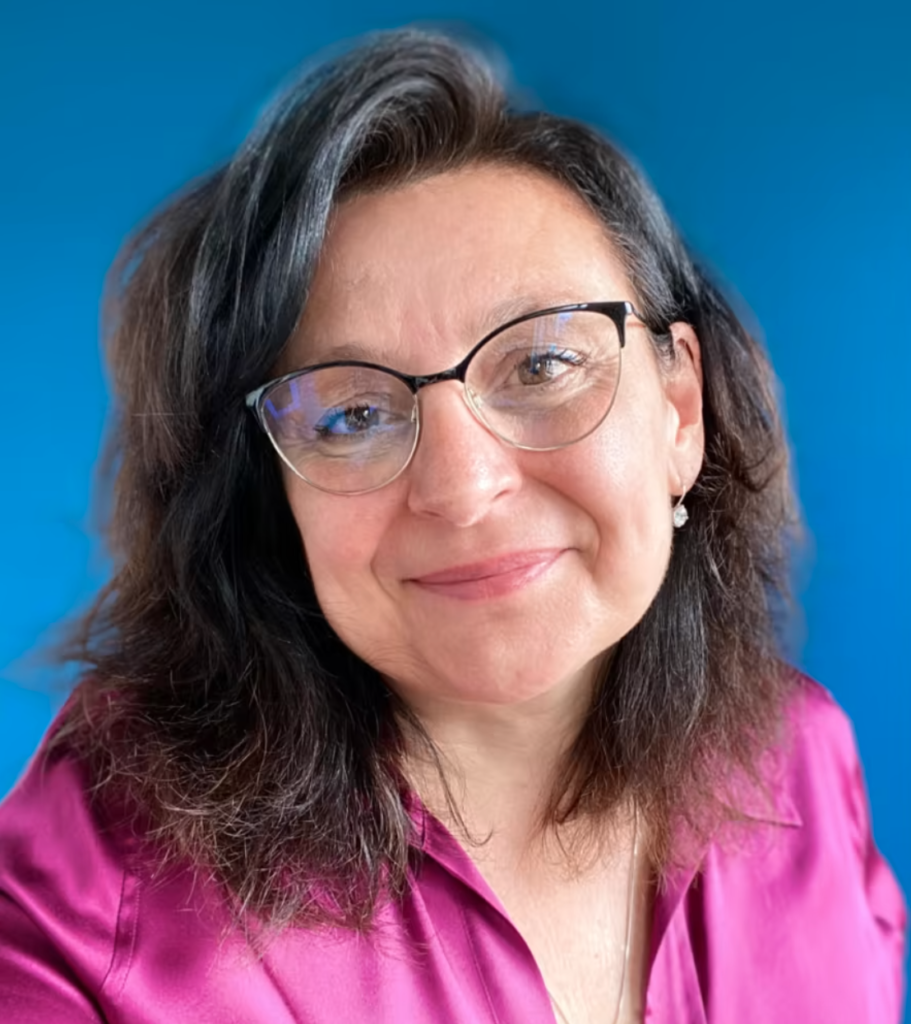
In this type of cancer, the aggressiveness is related to the fibrotic stiffening of the tumour tissue. Fibrosis progressively prevents drugs from reaching the tumour cells, due to the formation of a matrix with mechanical properties that stabilise the tumour's vascular network. Professor Raimondi's BEACONSANDEGG research Professor Raimondi is developing a platform capable of recapitulating tumour fibrosis by exploiting the vascularisation of a living organism.
The project is called BEACONSANDEGG (Mechanobiology of cancer progression): it will model microtumours at various levels of fibrosis, bypassing the fact that some characteristics of the tumour are not reproducible in vitro. Human breast cancer cells adhered to 3D polymeric microplates will be used. The microtumours will be implanted in vivo in the respiratory membrane of embryonated avian eggs in order to elicit a fibrotic foreign body reaction in the microtumours. The geometry of the 3D microsupports will be manipulated to condition the infiltration of the microtumours by the vessels and cells of the embryo. This study model will be validated with anticancer drugs whose clinical outcome is known to depend on the level of tumour fibrosis.
It will also provide a standardisable and ethical platform to promote the clinical translation of new therapeutic products in oncology. This is a key issue for Professor Raimondi: some of the research and modelling tools she has developed over the last ten years have precisely this goal: to reduce drastically or replace the pre-clinical experimental phases in vivo, for example, with the use of 3D supports for cell cultures and microfluidic chambers for tissue and organoid culture (we talked about this in Issue 6 of MAP).
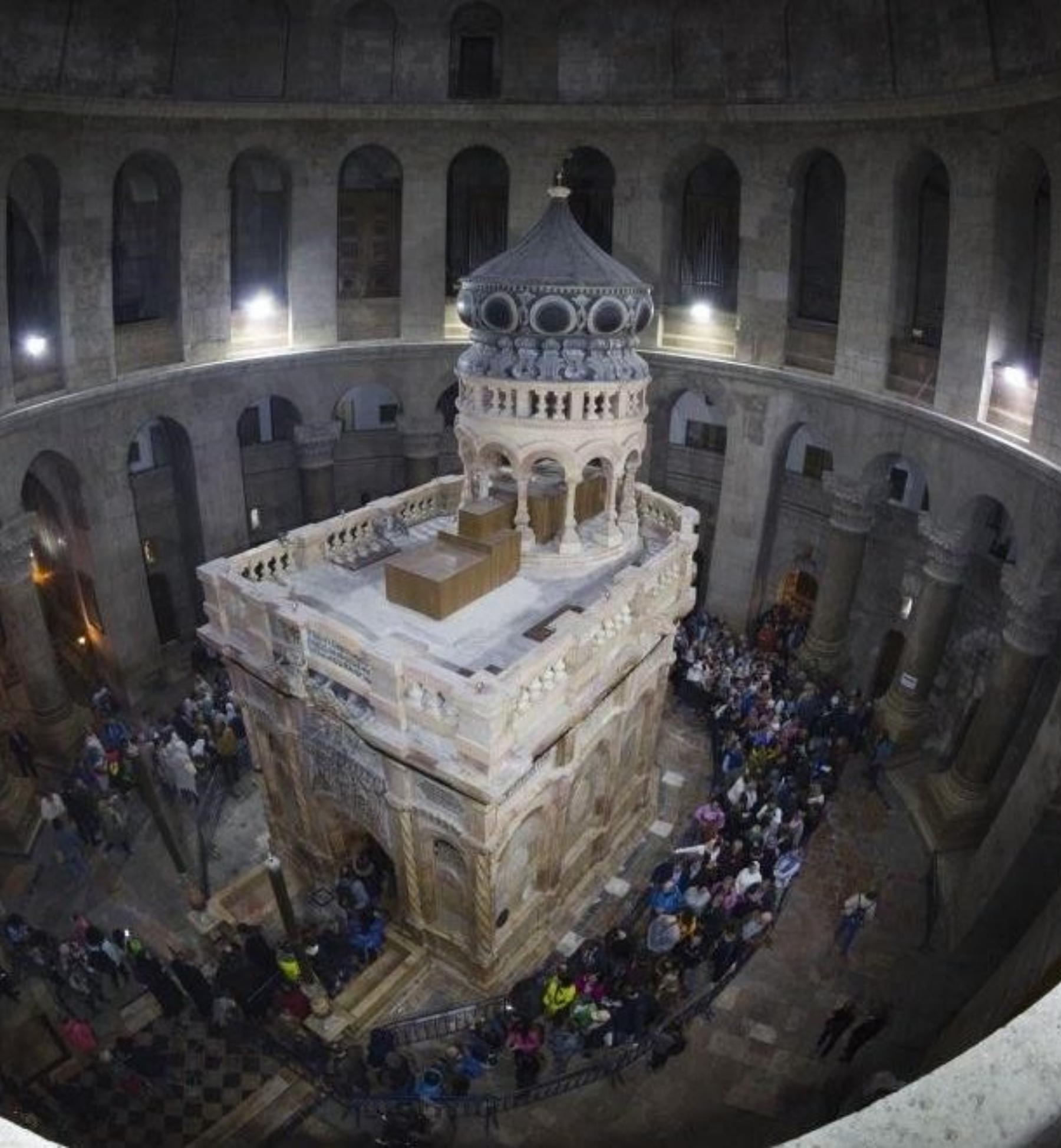
An Italian-led team to restore the Church of the Holy Sepulchre
““The first stone was lifted and blessed on 14 March.A sacred restoration, in its own way, with prayers in three languages. The patriarch of the Greek Orthodox Church, the Custodian of the Holy Land and the Armenian patriarch all appear in the photo opportunity, shovel in hand.". This is how Giovanna Maria Fagnani describes in the Corriere della Sera the ceremony for the start of the works to restore the floor of the Church of the Holy Sepulchre in Jerusalem.
This "most delicate architectural and engineering project” ” is also of highly symbolic value, and is the result of an agreement signed last October between the Christian communities which have historically been the guardians of holy sites. The restoration work is scheduled to last around 2 years and will engage an international pool of universities, in which Italy plays a key coordinating role. Together with the Politecnico di Milano, there are also researchers from La Sapienza University of Rome and the engineering companies IG from Turin and Manens from Padua. Centro Conservazione e Restauro La Venaria Reale di Torino is leading the project.
The Politecnico has created the guidelines for modelling and sharing data on the conservation project. In addition, during the photogrammetric survey, our researchers obtained over 50,000 high-resolution images using a custom-designed Heritage-BIM survey system. As professor Luigi Fregonese, lecturer at the Architecture, Urban Planning and Construction Engineering School on the Politecnico di Milano’s Mantua Campus, explains:
“It comprises a special trolley, onto which a complex system of intensity- and colour-controlled lighting and acquisition has been engineered. All this was integrated with a topographic survey for processing and verifying the final result, a very high-resolution, metrically reliable and precise digital image, or orthophoto, of the entire floor of the Church of the Holy Sepulchre”.
Several groups at the Politecnico di Milano are working on the conservation of cultural assets and the enhancement of this common heritage. The historic partnership between the university and the Veneranda Fabbrica del Duomo involves researchers from all departments and has a dual objective: on the one hand, to rationalise and perfect the conservation and restoration of our cathedral; on the other, to take advantage of such a valuable site/laboratory where our students and researchers can carry out field work and experience real problems using state-of-the-art technology.
The full story of “How to repair the Duomo” is explained in MAP 3
Another example is the new LaBora laboratory, where, thanks to technologies such as the Hologram Table and the Virtual Theatre, we are able to view the Santa Maria delle Grazie complex in a totally new way: “174 scans, a 30-gig cloud of points,”, explains professor Cecilia Maria Bolognesi, lecturer in Representation and Modelling in the Department of Architecture, Construction Engineering and the Built Environment: "From the Table, we can visit virtually the entire complex, inside and outside of the church, go into the cloisters and the Bramante Sacristy, and observe both the state of decay and the beauty of these vaults,”, con un livello di dettaglio impossibile anche di persona, con definizioni fino a 5 mm.
Find out more about the new LaBora laboratory on the Politecnico di Milano Alumni website
Credits home and header: World Trips
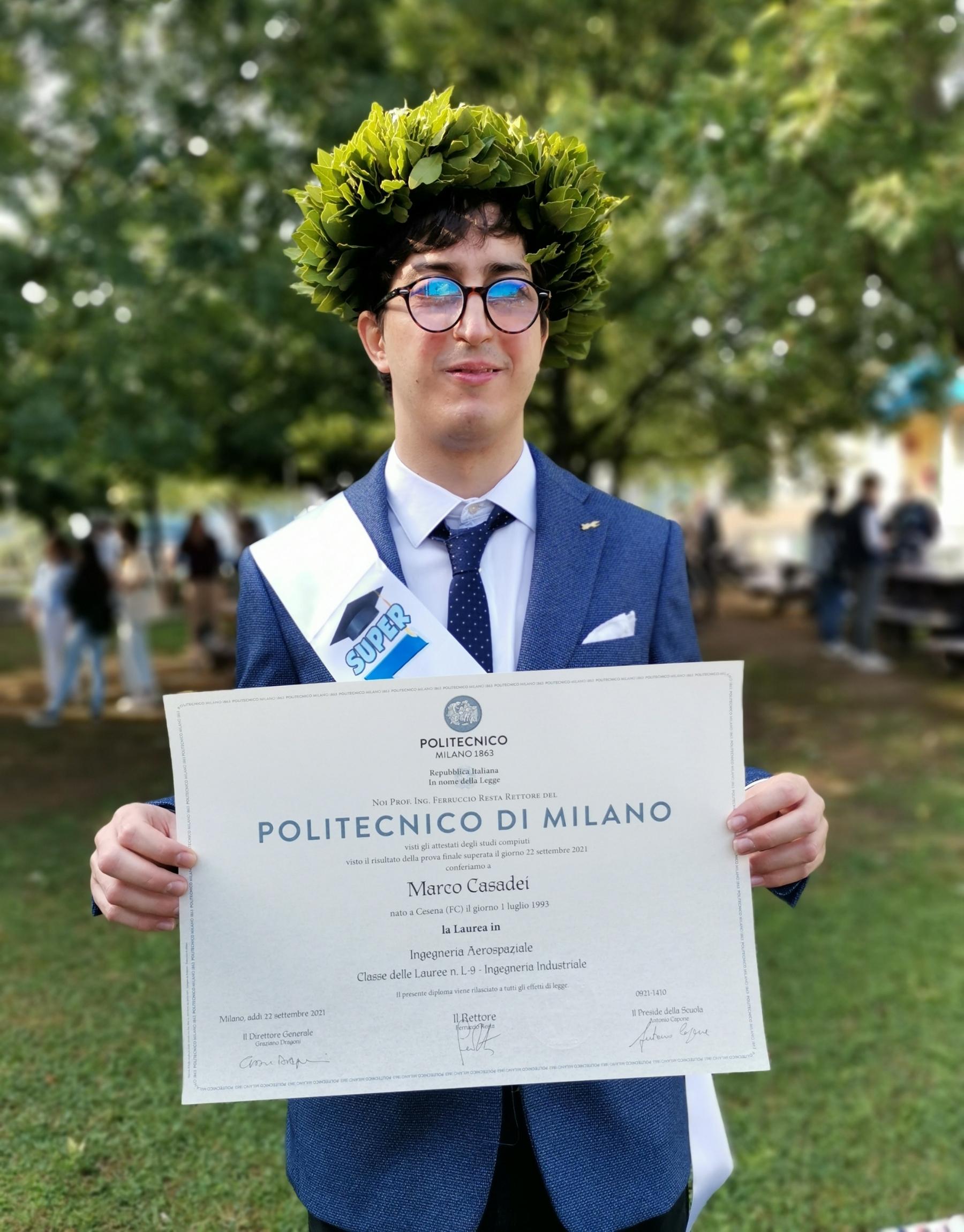
It's like seeing the world through a keyhole
When he was finishing the liceo scientifico in Cesena, Marco Casadei used to play football and chess. When the time to came to choose a university, he decided to study Aerospace Engineering at the Politecnico di Milano. He graduated last September and today he is taking his first steps in the world of work. “One field that has always interested me is reliability & safety, risk assessment. I am also interested in operations, so project management or production planning, supply chains.”
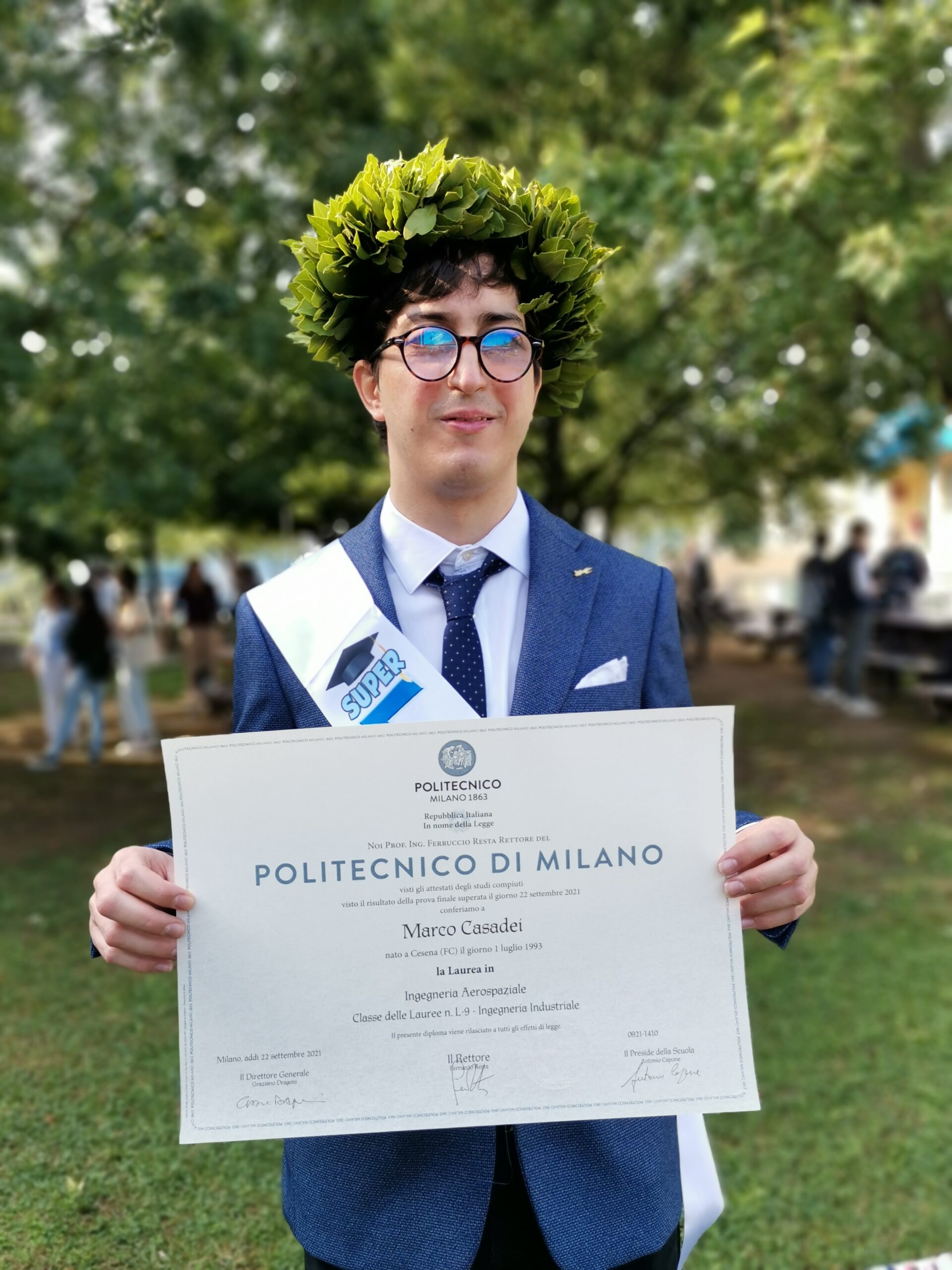
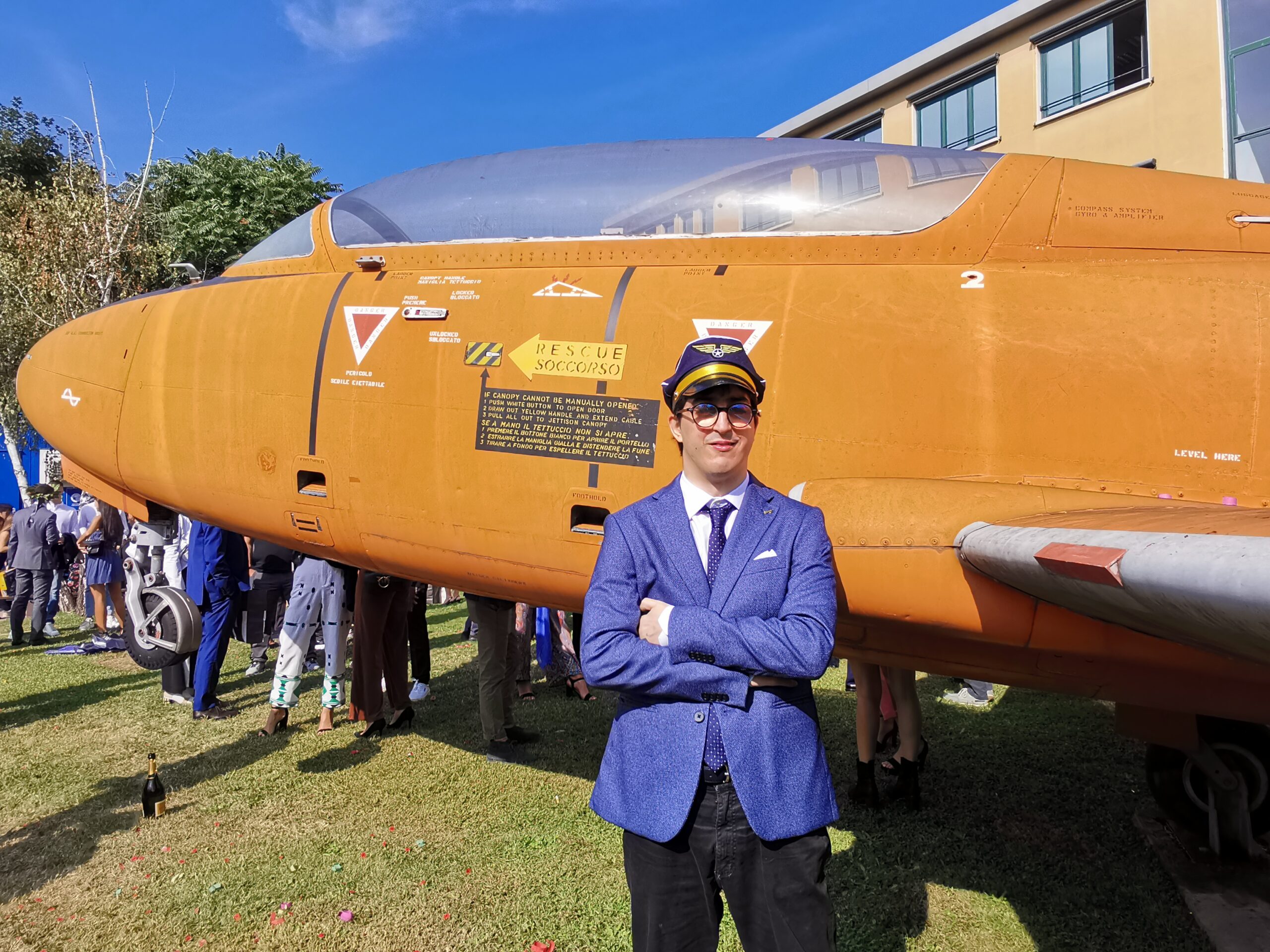
Another of his plans for the future involves the possibility of creating an association for visually impaired engineers and tech graduates in Italy. Indeed, Marco is visually impaired: he suffers from bilateral congenital glaucoma, a condition that affects the optic nerve. Over the years, he has undergone around thirty operations stem the progress of the disease, including during his university studies.
“I had to suspend my studies for a few months two or three times to undergo the necessary surgeries. Around the start of my second year, my vision deteriorated: it went from around 20/400, the worst extreme of normal vision, i.e. severely partially sighted, to my current vision which is difficult to measure accurately. I had to learn how to study again, essentially from scratch"
he told us.
Glaucoma is one of the leading causes of blindness in Italy. It typically develops in old age; but with congenital glaucoma, if it is caught in time and kept under control, you can even reach sixty with some residual eyesight. This is the case for Marco. But what does “residual eyesight” mean?
20/2000 VISION
We often hear about dioptres, but, in the case of visually impaired people, the problem relates to visual acuity (also known as “visus”). The theoretical perfect sight is measured as 20/20 visual acuity. A person is defined as partially sighted if their visual acuity is measured as 20/200 or poorer: “A dioptre is a unit of measurement relating to the focal point of the eye,” explained Marco, “which only requires a lens to be corrected. Instead, visual impairment is the loss of visual acuity, that is a loss of sight. It is defined as the ability to see two distinct points that are near one another but not overlapping, which is measured in twentieths, with perfect sight being 20/20. Naturally, Marco’s case requires more than just a pair of glasses. The two things can coexist: for example, today today I have residual vision measuring between 20/1000 and 20/2000 of visus. In addition, I have a deficiency of -7.5 dioptres (I think!), which is why I go around wearing milk-bottle glasses!”
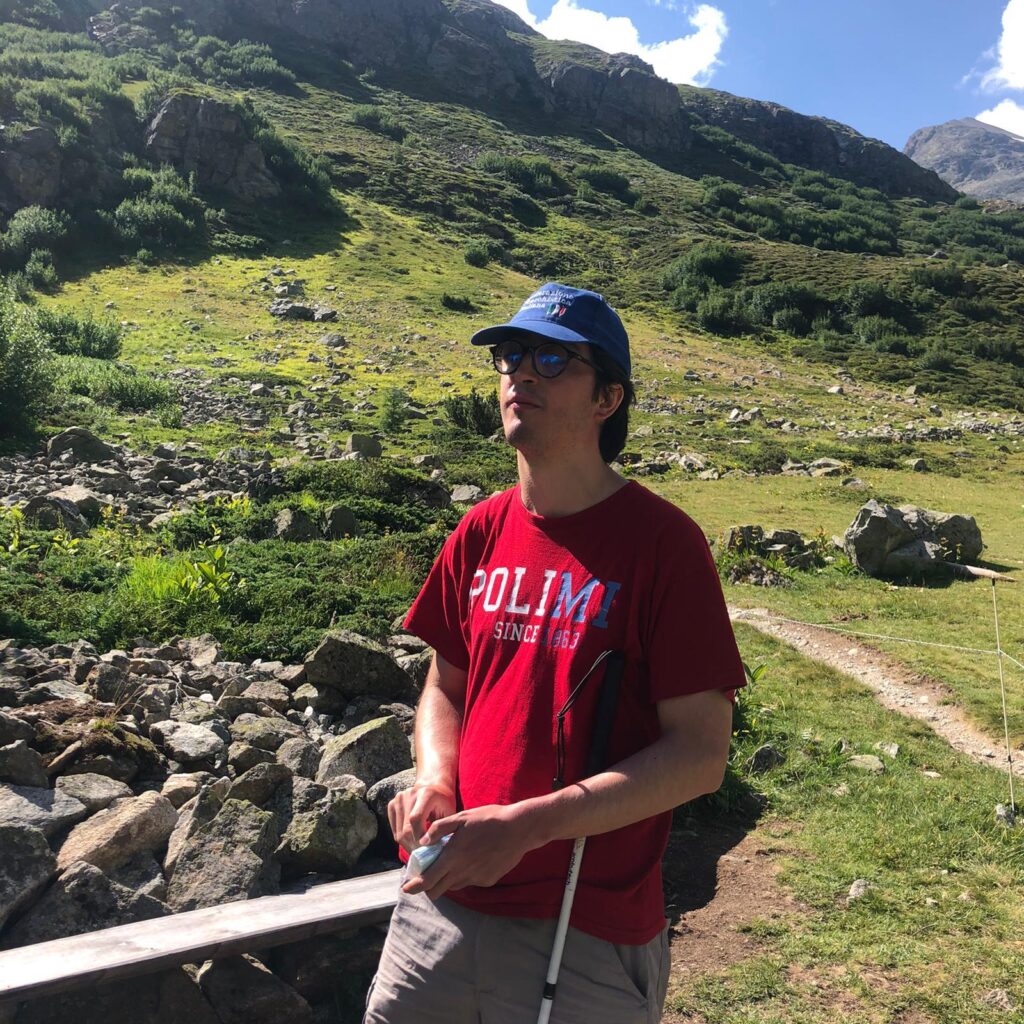
Visual acuity varies greatly depending on the background, the light conditions, the contrast between objects and many other variables that affect it. “In practice, I cannot recognise faces, I only see outlines when they are very close to me. I cannot see road signs or traffic lights (actually I can see traffic lights at night because of the background and contrast). It is difficult to give a real idea of what it means, especially because, in familiar surroundings, the brain completes the images with the missing elements: if you saw me on the route that I take every day, if it were not for the white stick that I carry with me, you might not notice that I'm visually impaired. However, if a new pole hwere to be installed on the pavement, I would almost certainly walk straight into it! One time, as I was rushing to get on a train, I half fell into a manhole near the yellow line on the platform: the workers who were working on it had thoughtfully moved out of the way for people getting on the train, without putting up any protection, thinking 'come one, it’s only 30 seconds, it's not like a blind person is never going to come past right now…’.”
In addition to the reduced visual acuity, glaucoma also causes a drastic reduction in the field of vision“Mine has a range of about 3-4% of a normal field of vision. Basically, it is more or less like seeing the world through a keyhole. But fortunately, unlike being locked behind a door, all of my other senses work normally, and human beings have a great capacity for adaptation, especially during childhood. There are thousands of viable, simple and even trivial little tricks, alternative strategies and solutions for overcoming the limitations imposed by our little keyhole. Other difficulties arise from the fact that my field of vision is not homogeneous; it behaves like a dirty window. Sometimes you think you have a picture of your surroundings and suddenly you notice things that surprise you”.
THE HARDEST TEST FOR A BLIND PERSON: STRUCTURAL MECHANICS
Studying is not always easily, especially in the case of technical and scientific subjects. Marco is the first visually impaired graduate in Aerospace Engineering in Italy. “When the time came to choose a university, I had to fight because I was told that, for me, engineering was absolutely out of the question. When I insisted, they said: "OK, so how about computer engineering?" because it was the only course thought possible for a blind person.
But I said no, I wanted to study what I really liked. Il Politecnico mi ha aiutato molto. A lezione mi avvalevo di uno strumento detto video-ingranditore: è come una telecamera che riprende la lavagna e la restituisce ingrandita sul portatile.
At home, I have a desktop magnifier for text and exercise books. My course mates and the logistical support provided by the Politecnico di Milano helped me to complete the course. . Certain things were harder than others. At the Politecnico, there are exams which require you to have an overall view. For example, the structural mechanics exam: not having an overall view of the plans and diagrams at a glance forces me to look at every single part of the page and memorise it. The fact that I have played chess since I was small helped me with this.” In 2014, Marco founded the student association Scacchi Polimi, which has since organised tournaments, courses, conferences and participates in team competitions.
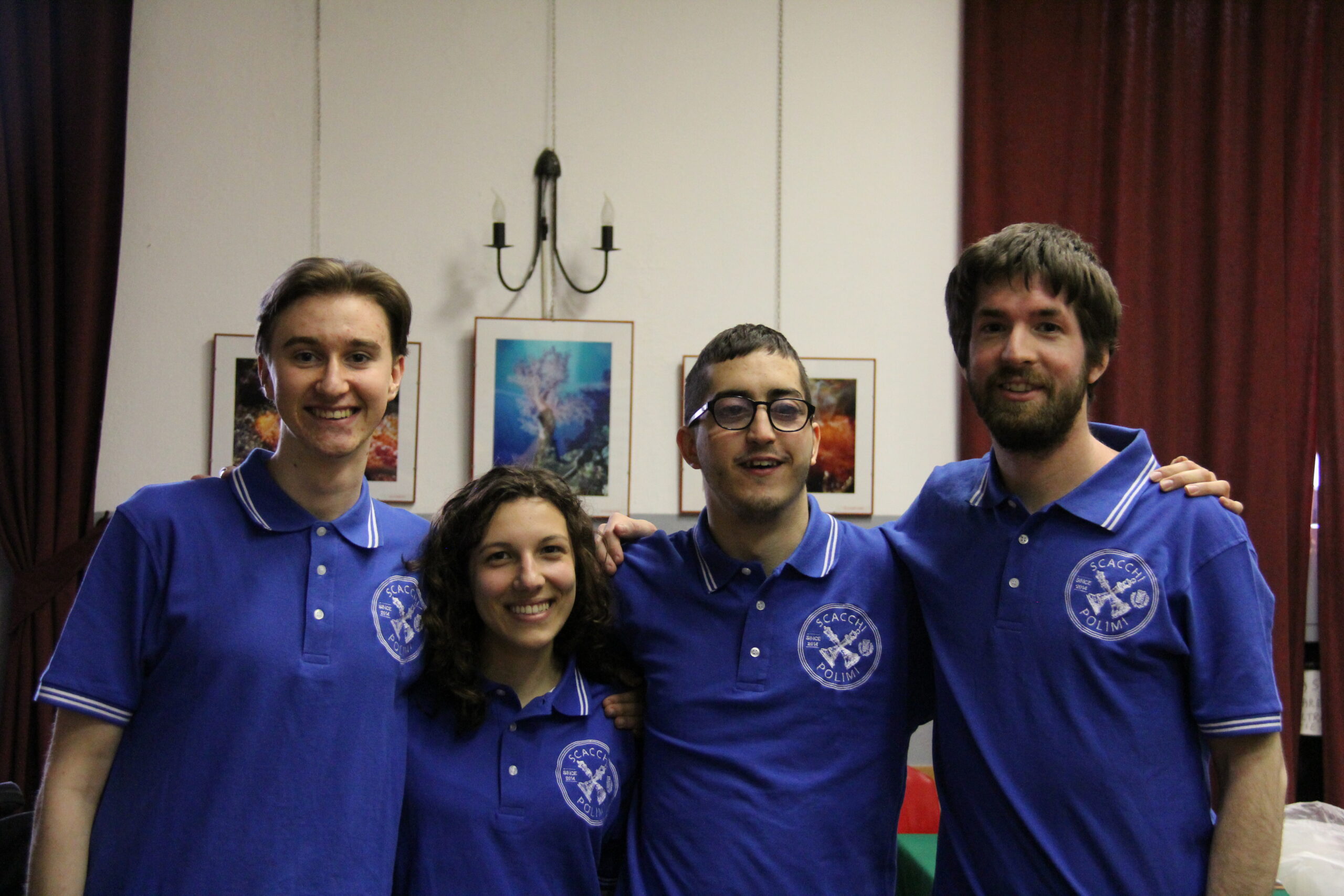
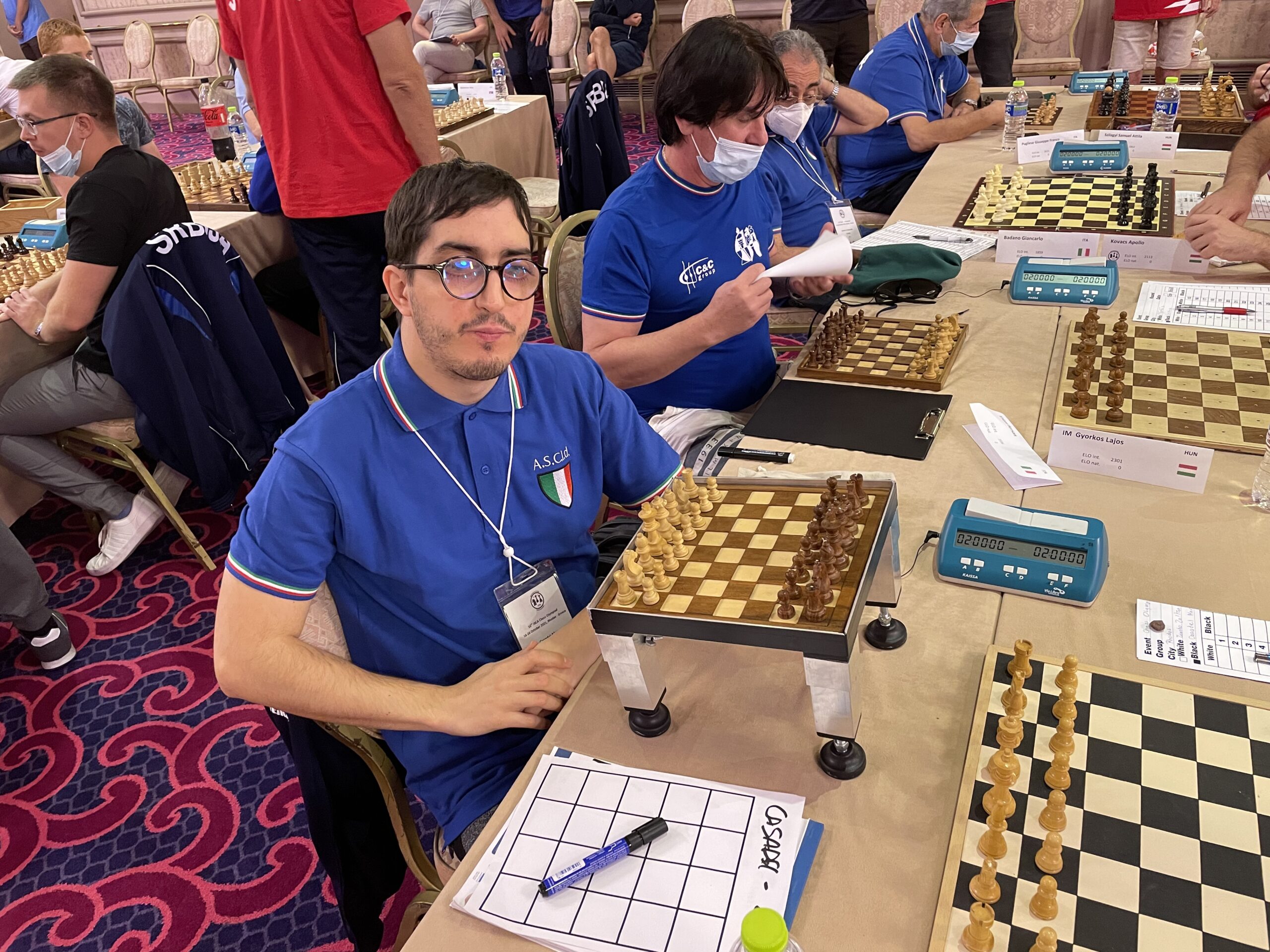
YOU CANNOT COPY WHAT YOU CANNOT SEE
Other than Marco’s studies, there are many ways in which his visual impairment has affected his university life. “The Politecnico di Milano is very inclusive, I have had all the support I could have hoped for. For example, I was offered a chaperone service: a student would come to meet me at the train station in Bovisa and accompany me to the lecture halls. It was useful during the first semester; then, once I had learnt the routes, I could do it on my own,” he told us.
“One of these students, Filippo, is still one of my best friends in Milan. During those first months, he also really helped me to settle in to the city, introducing to me to his friends inside and outside of the university, which helped me in particular to overcome certain social difficulties. A totally new and large group, such as a university cohort with 150-200 people, is a complex situation for everybody, but imagine what it is like for someone who is blind: one day you talk to the person next to you, just to start getting to know the people on your course. But the next day, unless he comes to find you, you certainly won't find him again very easily. Then there are certain objective limitations: one trivial thing is that I couldn't stay on in the library to study because I need a certain environment and specific tools. I am also a lot slower than the others, which makes studying in a group difficult.”
Having to deal with a disability always has direct effects (reduced autonomy for example) but Marco explained that others are indirect, referring to the social sphere. “It is harder to talk about, we don't have the language. For someone who is visually impaired for example, it can be difficult to establish relationships or understand the dynamics of a group because body language is fundamental and we can't see it. A blind person may also find it difficult to create their own body language because they don't have a reference model to imitate. The result is that, in the eyes of a sighted person, you might seem in another world…and you risk hearing the classic line ‘poor thing, leave him alone’. To be clear: these problems are not inevitable nor are they the norm. However, we must be aware that they can exist. Besides, just like anybody else, we are first and foremost people, so we too have a huge range of different attitudes.
In my view there is only one solution: culture and inclusion. On all levels and in all areas.
However, that means us too, and our own willingness to be included. In fact, another big problem is the tendency of some visually impaired people to marginalise themselves. It is something that I fight against a lot, for example in the context of chess. But, apart from that, Italy is one of the best countries in the world to live in as a visually impaired person. The important thing is not to become complacent.”
MENTAL MAPS, ECHOLOCATION AND OTHER SPORTS SKILLS
Alongside his studies, Marco plays sports: He is an expert chess player and, for a few years, he played first football and more recently in a blind baseball (BXC) team, Lampi Milano (where he is blindfolded so he cannot cheat). When he told us this, we at the editorial team did not immediately understand how the blind could play a sport like baseball.
“Inclusion, also taken to mean the normalisation of disability, also comes from abandoning the rhetoric of the super-hero who, with extraordinary powers and motivation, is able to achieve incredible things despite having a disability (or perhaps thanks to it)
explained Marco very patiently. “Generally, the visually impaired have completely normal hearing and auditory-spatial awareness. They are just more accustomed and trained to interpret specific sound feedback (the classic example is the absurdly quick text-to-speech that only we understand, because we use it all the time).”
Baseball for the visually impaired works like this: the ball is hollow and has bells inside, so it can be located by the sound it produces.
When you are batting, there is no pitcher. A visually impaired batter would not be able to hit the ball on the fly. He holds the ball with one hand and bats it with the other. He then starts running by following the sound feedback from the first base: a klaxon. The second and third bases are marked by a sighted assistant who uses clappers. As you get closer, the frequency of the clappers increases and “at that point the best players (not me!) dive towards the base.” Between third base and home base there is no feedback. “The assistant points you towards home base. You need to be able to run straight. It is a matter of practice and, once you have acquired the right sensitivity, you can rely on the feedback from your feet, feeling the difference between the parts of the field with a dirt surface and those that are grass.”
When fielding, the important thing is to reach the ball before it stops: “if it stops making a noise, you’ll never find it! Otherwise, you need to have a clear idea of the layout of the field and remember where the ball was before it stopped moving. There are five fielders who work together vocally as they search the field. The receiver is the only sighted player in the team. Once a fielder finds the ball, the receiver indicates his position vocally and it is up to the fielder to throw the ball back as accurately as possible. The plays are very quick and if you mess up the throw, the receiver loses lots of time by having to recover the ball from perhaps 20 or 30 metres away. Many matches are decided by the accuracy of the throws.”
“Finding a sound ball in your area of the field is a difficult and complex technical skill. However, if you practise, it can go from almost impossible to more or less possible depending on your talent, which becomes exceptional only for the Cristiano Ronaldos and Rafa Nadals of blind baseball. Of course, when you watch a blind baseball match for the first time, it looks incredible and you often hear things like ‘OK, but when do the blind people start playing?!’ But if you watched all of the matches in the competition, you would be amazed by the wide range of abilities and would marvel at the genius BXC player, the ace who manages to defend the whole field on his own or, when batting, regularly hits home runs (when the ball travels over 80 metres from the plate in just a few seconds) while you would also understand that more or less anybody could play at basic level.
To give you another example, it's the same as for a non-chess player, who is usually amazed to see that I can play a whole game in my head without a chessboard; it seems absurd, doesn't it? But if you know the “tricks of the trade”, you know that it is nothing special; it is a very useful skill that all chess players have, but some have developed it further than others. Then there is the master who can play 50 matches at the same time in his head…He definitely does have a superpower!”
Discover more: https://www.polimi.it/it/articoli/marco-casadei-1-laureato-in-ingegneria-aerospaziale-con-disabilita-visiva/
Support students: with a donation starting from €10 you can help fund scholarships:. Give now.
Credits home/header: courtesy of Marco Casadei
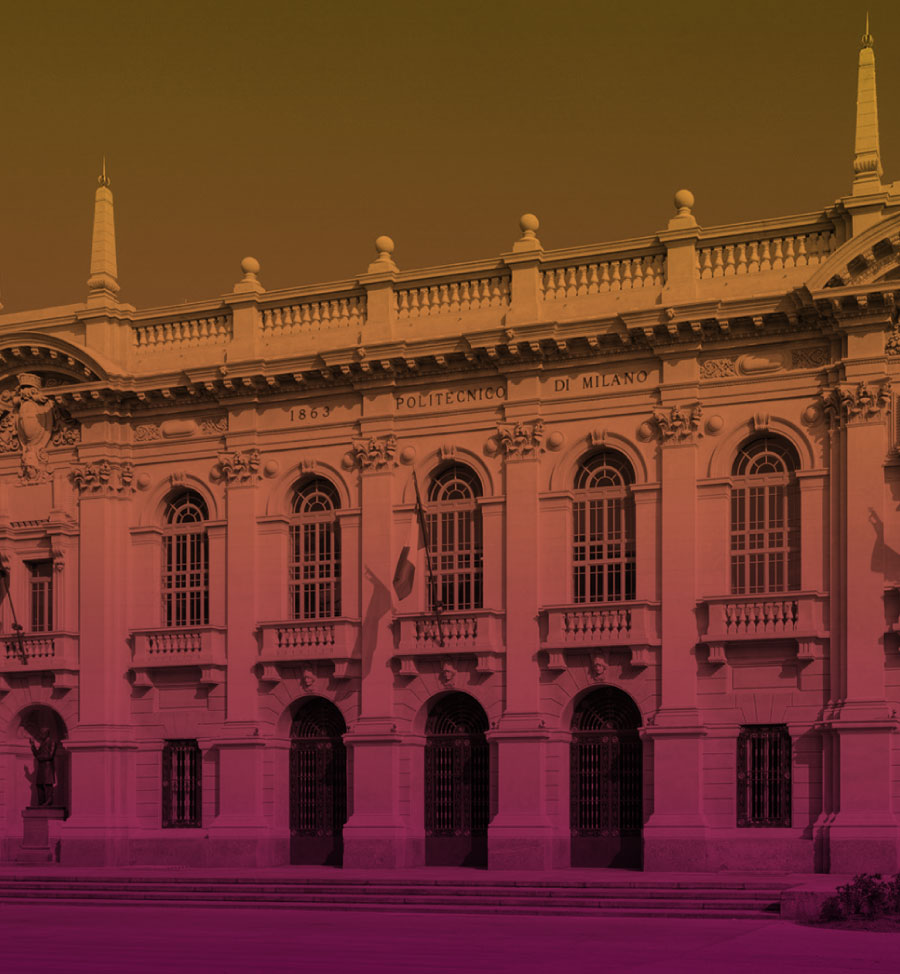
“I love to cook nanomaterials”
They are among the best researchers of their generation and will arrive at the Politecnico di Milano thanks to a fund from the European Commission for research excellence, co-financed by the University.
Subrata Ghosh is 34 years old and comes from India. His passion is the development of nanomaterials (I love to cook the nanomaterials in smart and innovative-manner and also share my knowledge of cooking with others”, he wrote) for the energy transition. In the next few years, he will work at the Politecnico di Milano’s NanoLab developing new generation materials for electrodes, especially designed for use in supercapacitors: the idea is to perfect renewable energy’s storage capacity.
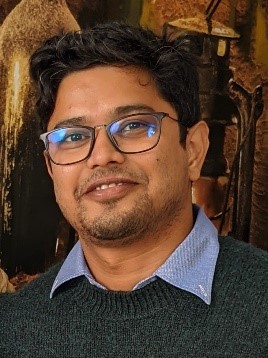
Ghosh received a Marie Skłodowska-Curie Actions (MSCA) fellowshipfrom the European Commission, a research grant dedicated to the best young researchers in the world. "I decided to develop my project at the Politecnico di Milano", he comments, "because I am interested in the impression this University is making in developing a fruitful relationship with the world of business and production, which passes through experimental research and technology transfer".
For a university it is important to attract young researcherswho inject new blood into the research system and make innovative scientific trends grow, such as the one explored by Ghosh. The Politecnico di Milano invests in activities aimed precisely at encouraging the arrival of young innovators, including a masterclass dedicated to training researchers from all over the world on writing projects to be submitted to the Commission. Find out more about the MSCA Masterclass.
Giulio Gori, is also among the 6 researchers who will start an MSCA project at the Politecnico di Milano, also 34 years old, from Quarrata (Provice of Pistoia). After graduating in Aeronautical Engineering and obtaining a PhD (both from the Politecnico di Milano), he moved to France for several years. He deals with the aerodynamics of very high-speed aircraft, for example capsules in atmospheric re-entry from extra-terrestrial orbits, and during his years in France he also started working on the development of techniques for uncertainty quantification, model calibration and robust optimization.
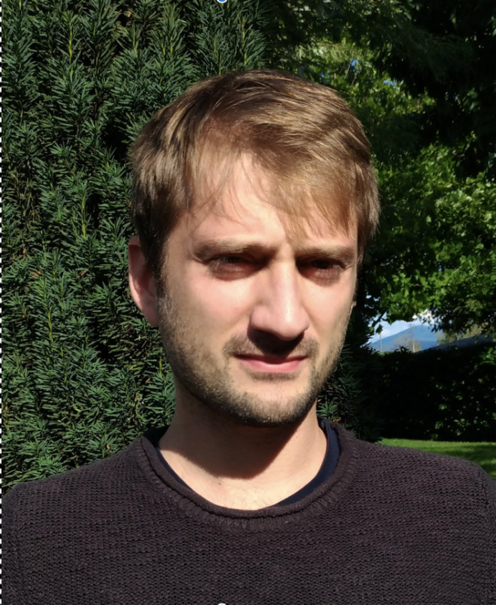
The research project presented to the European Commission will bring these ingredients together, Gori explained: “It is designed with Urban Air Mobility, applications in mind, but it is only one of the possibilities. First of all, I aim to develop an enabling technology, in this case a method of scientific investigation, with the goal of improving our understanding of reality and the physical phenomena that occur there. The application of the project concerns, for example, multi-rotor flying machines for urban air transport, of which there is much talk nowadays. If I am able to convincingly demonstrate the potential of the proposed approach, one of the most important objectives will be to try to build a solid research group dedicated to the further development of these issues ".


The Politecnico di Milano is also waiting for Vitthal Saptal, who has worked in India, South Korea, China and Poland, developing a method for converting CO2 into other reusable chemicals ("into something useful," he commented). Yifan Zhangan expert in sp-hybrid carbon allotropes, will study an innovative procedure that integrates the preparation, functionalization and solidification of carbon chainswhich can be used in fuel cells. He says he chose the Politecnico di Milano because “it is a combination of the most modern insights and the tradition of the beautiful city in which it is located. Furthermore, my supervisor will be professor Casari (we’ve already talked about it here, ed.), one of the most famous researchers in the world in the field of carbon chains".
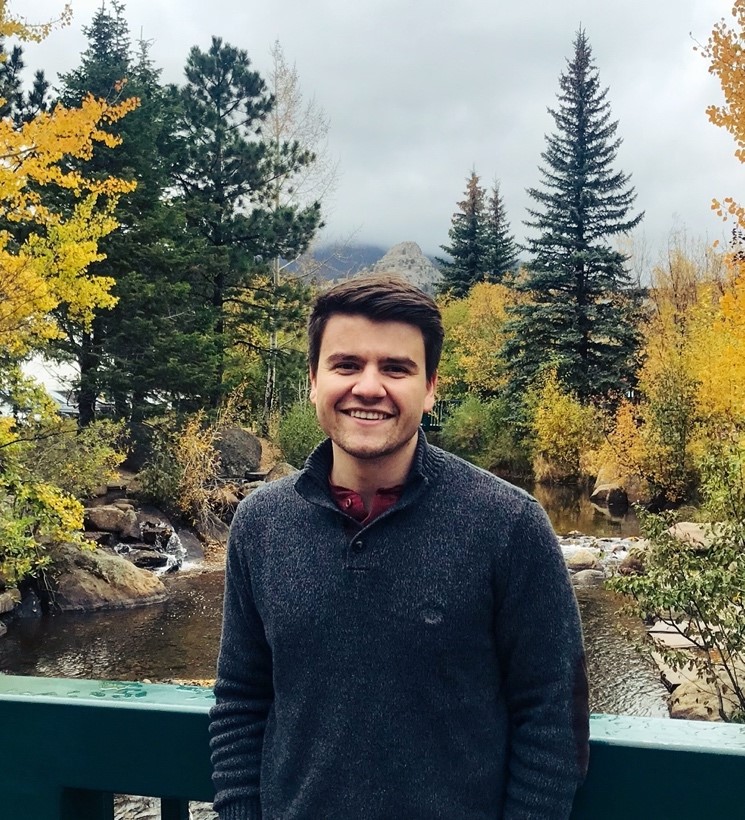
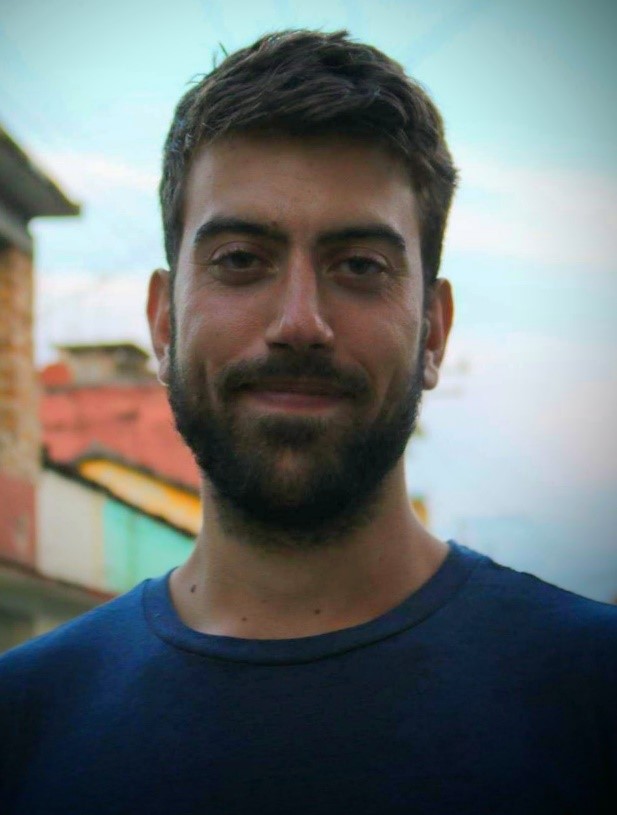
Ethan Burnett will deal with orbital control and autonomous driving for CubeSat in deep space and Francesco Nappo, an expert in epistemological and ethical issues related to the development and use of scientific models, will deal with IAM (integrated assessment models): “Some of the basic assumptions used in global models of climate economics are normative assumptions: that is, they belong to the sphere of values that we as individuals and as a community want to and must pursue. My project intends to offer a perspective on what these assumptions are and which actors (scientists, citizens, politicians, etc.) should be called into question to specify their content and communicate it in the most effective way in a democratic context, in order to preserve the integrity and objectivity of scientific research on the climate".
In addition to the winners of the MSCA fellowships, the European Commission also mentioned several young researchers with a "Seal of Excellence” (SoE), an official recognition of their projects’ scientific relevance. The Politecnico di Milano will host and finance 4: Merve Çağlar, a Turkish researcher, Anastasios Stergiou, from Greece, Federica Sebastiani and Tommaso Nicolini.
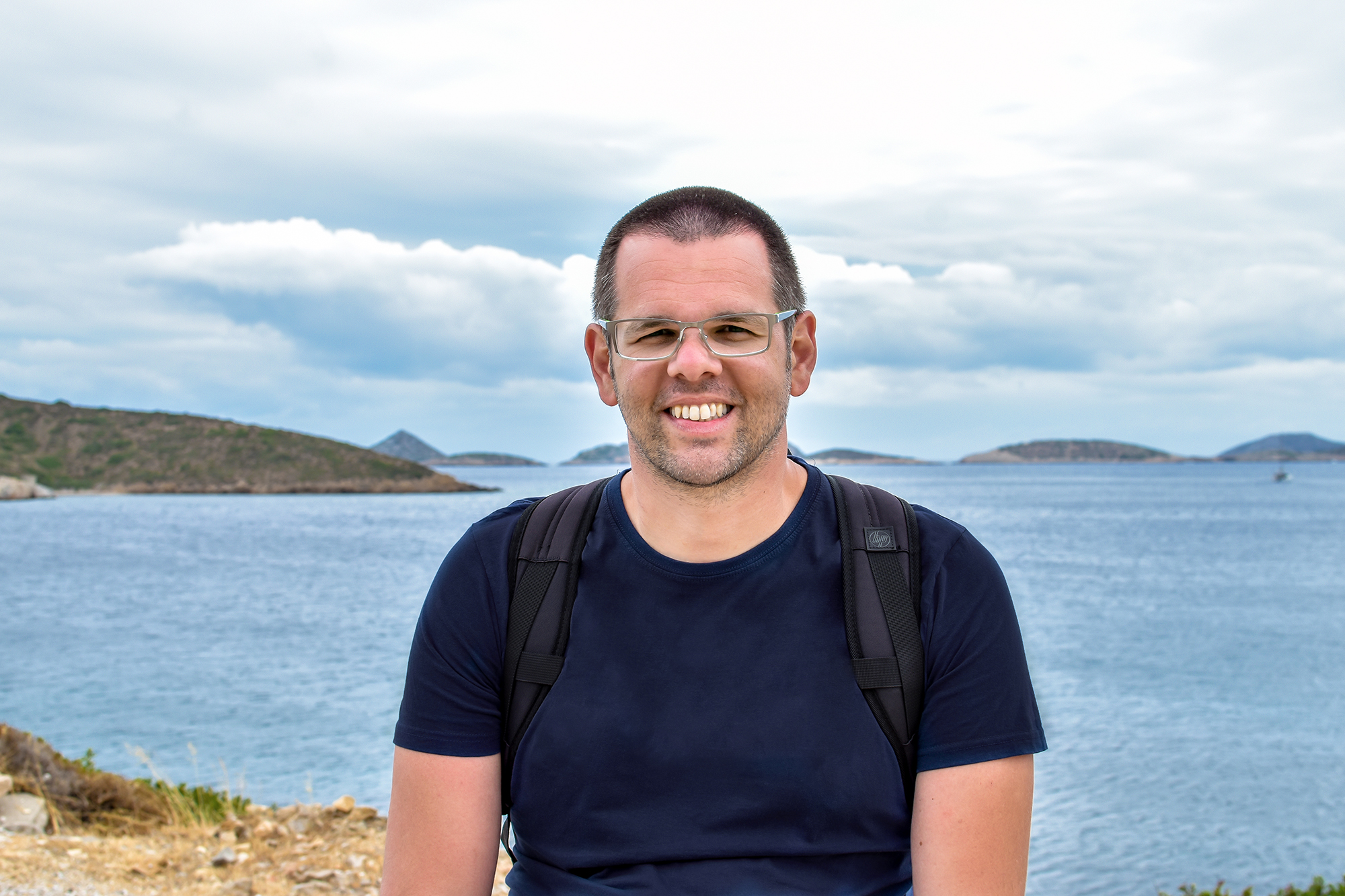
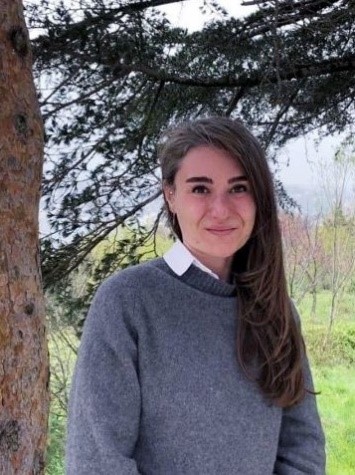
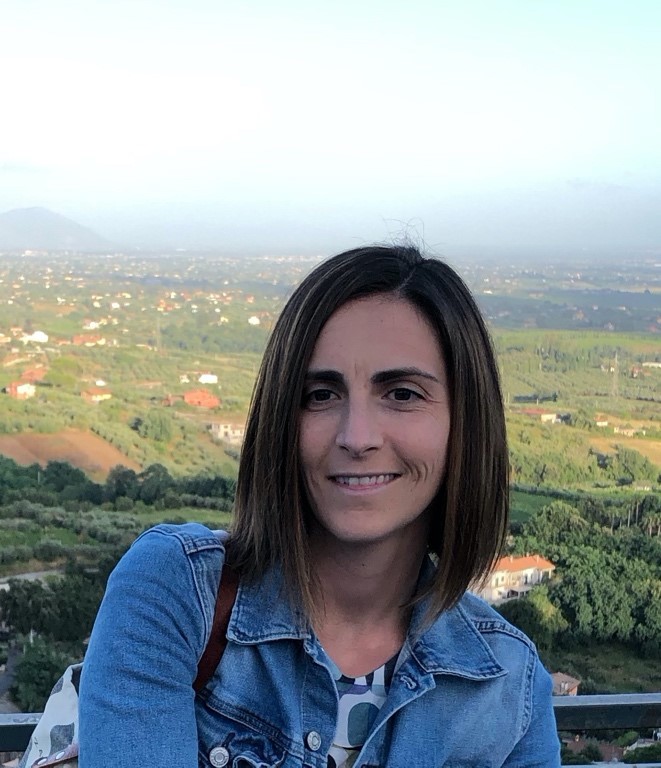
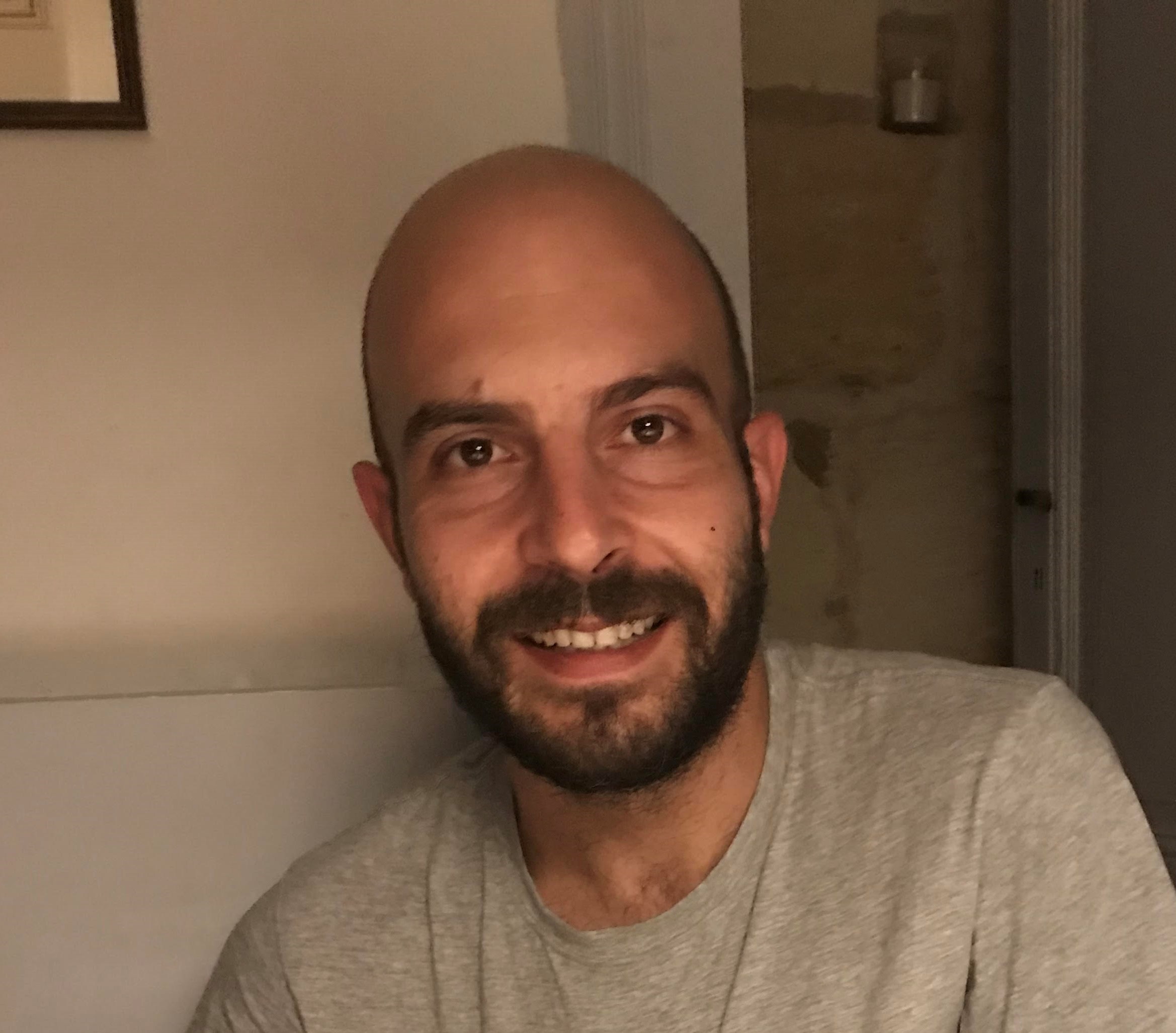
Çağlar will develop a stability monitoring system for bridges located in areas subject to intense seismic activity. She explains that “the management of ageing and deterioration of infrastructures is still based on decades-old practices”. His project intends to update these techniques to state of the art technology, involving the development of a new tool capable of improving the ability to make timely decisions and implement them quickly. Stergiou wrote the following: "I'm always cheerful for designing and synthesising new molecules and materials". He is an expert in solar energy and will develop a system to improve the performance of solar cellsSebastiani will return to Italy from Sweden, thanks to funding from the Politecnico di Milano, to study a tailor-made method for the fluorination of lipid nanoparticles for therapeutic purposes. Nicolini, a PhD Alumnus in Materials Engineering, will deal with CMOF (Conductive Metal-Organic Frameworks) with applications in electrocatalysis, battery and supercapacitor technologies.


